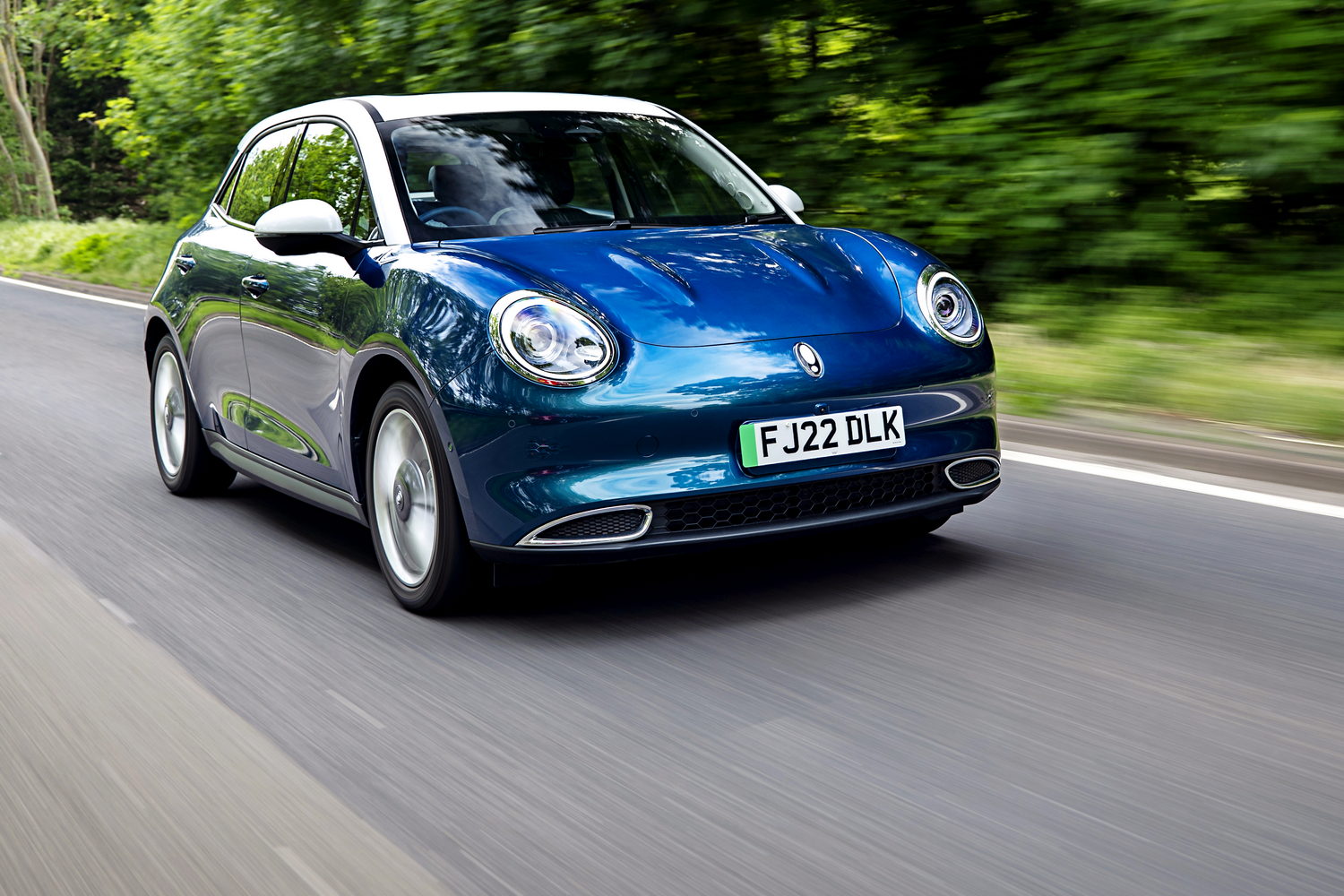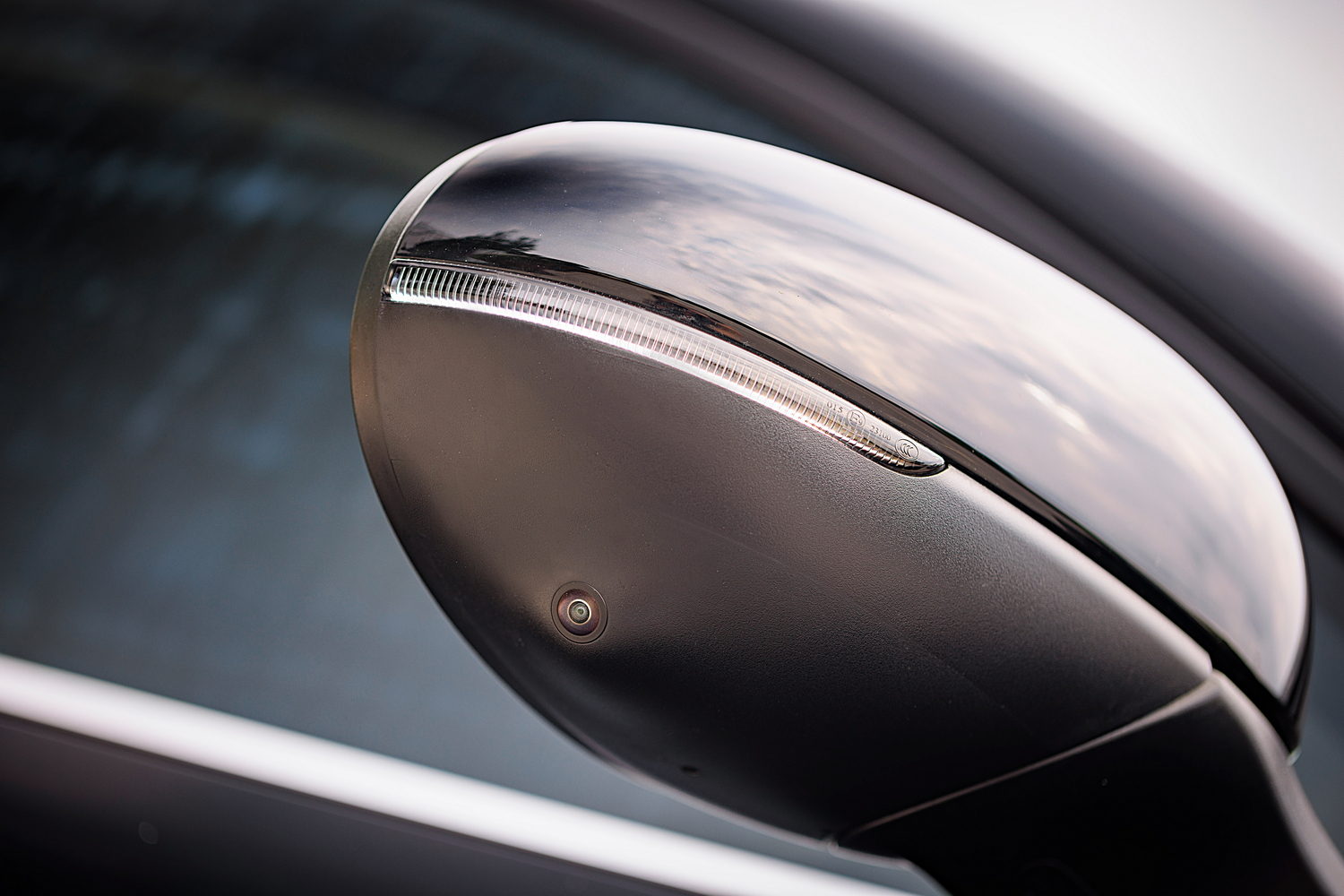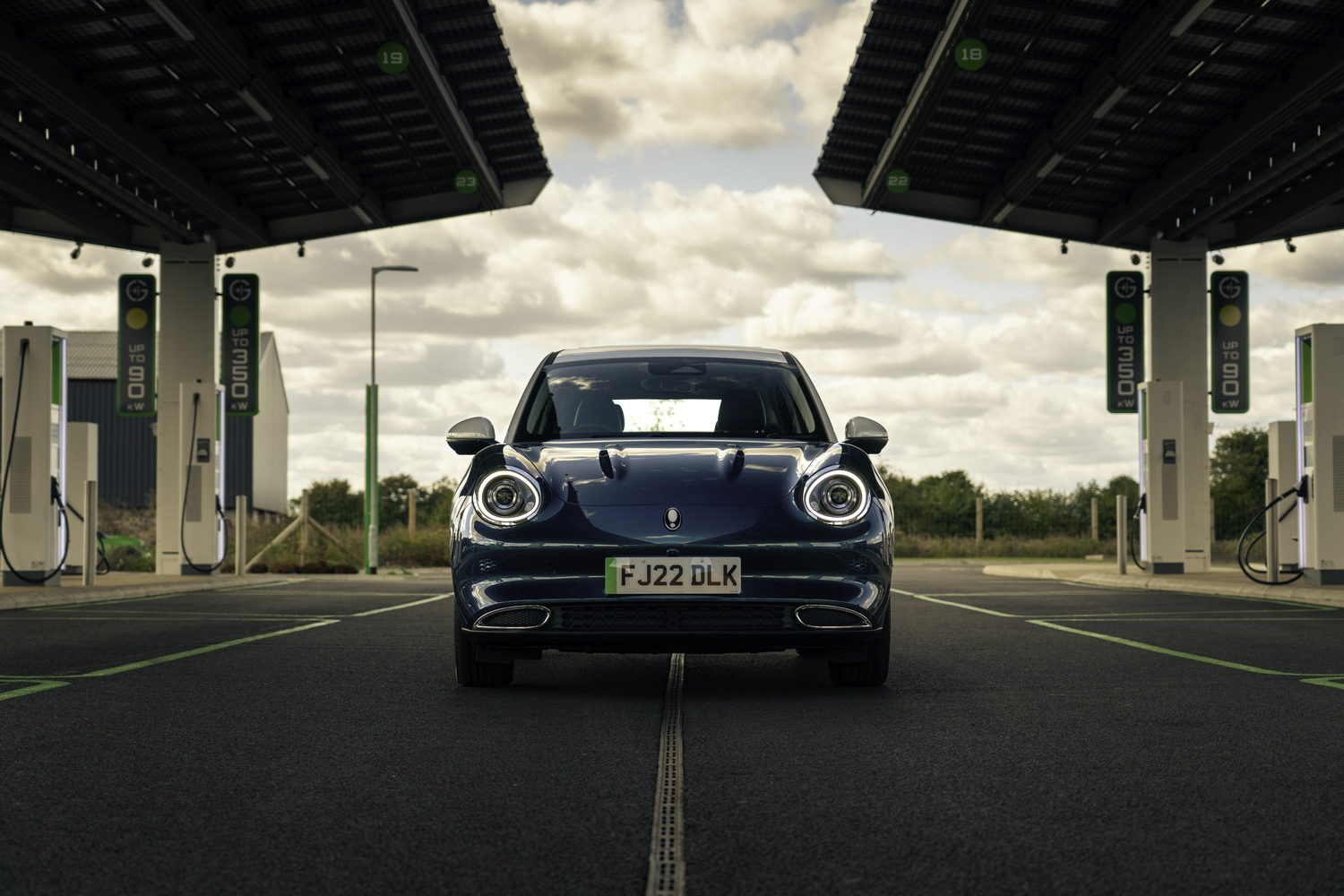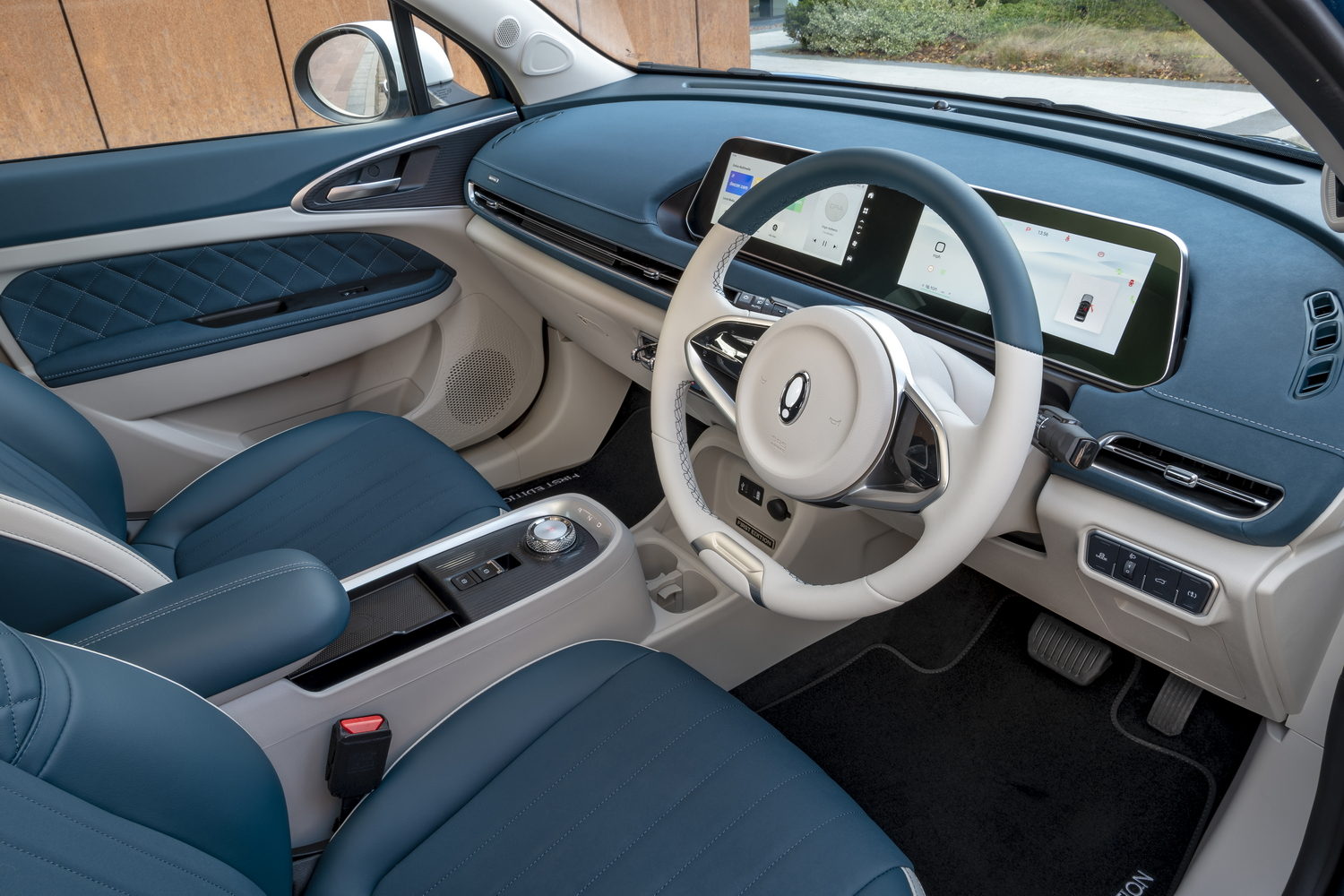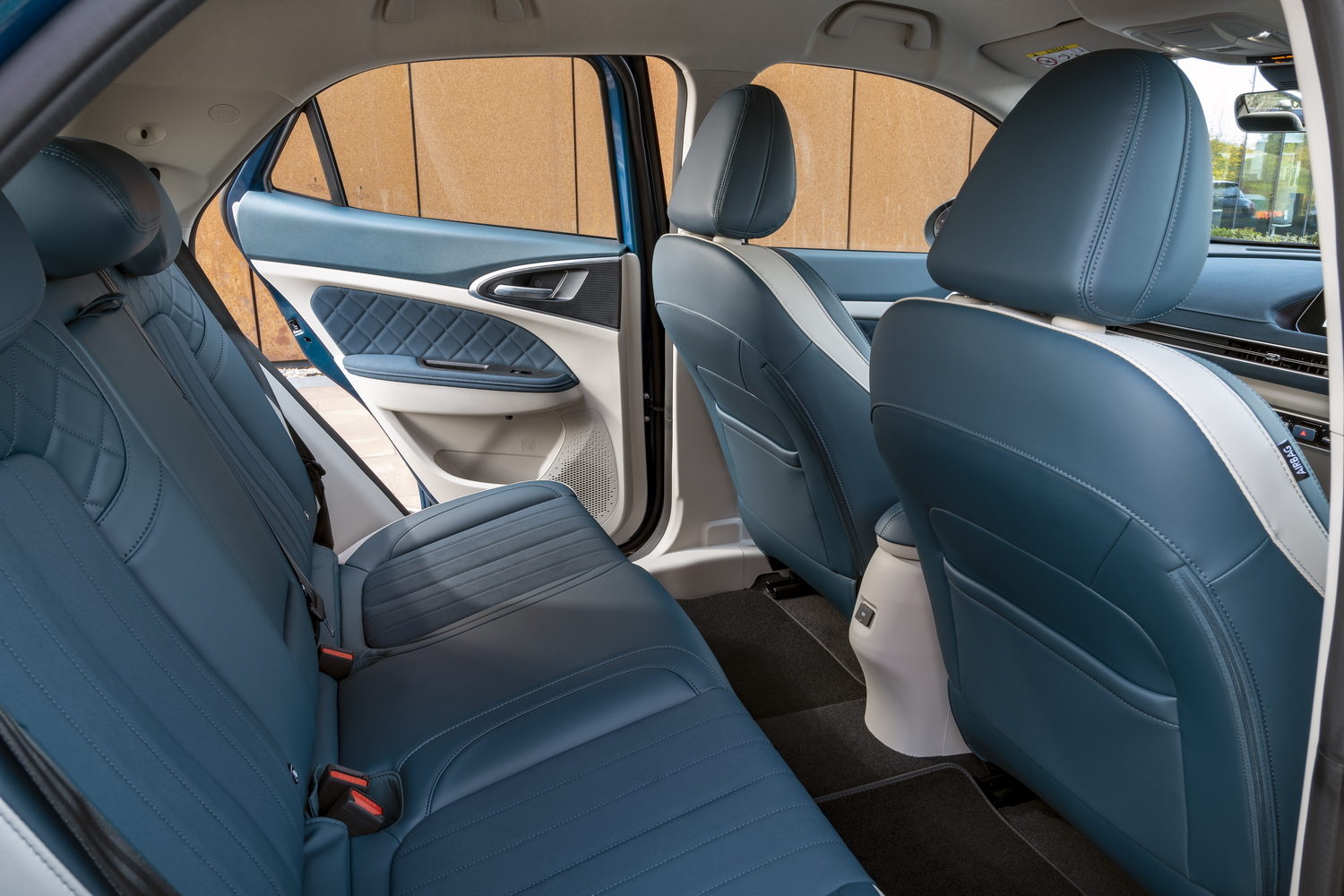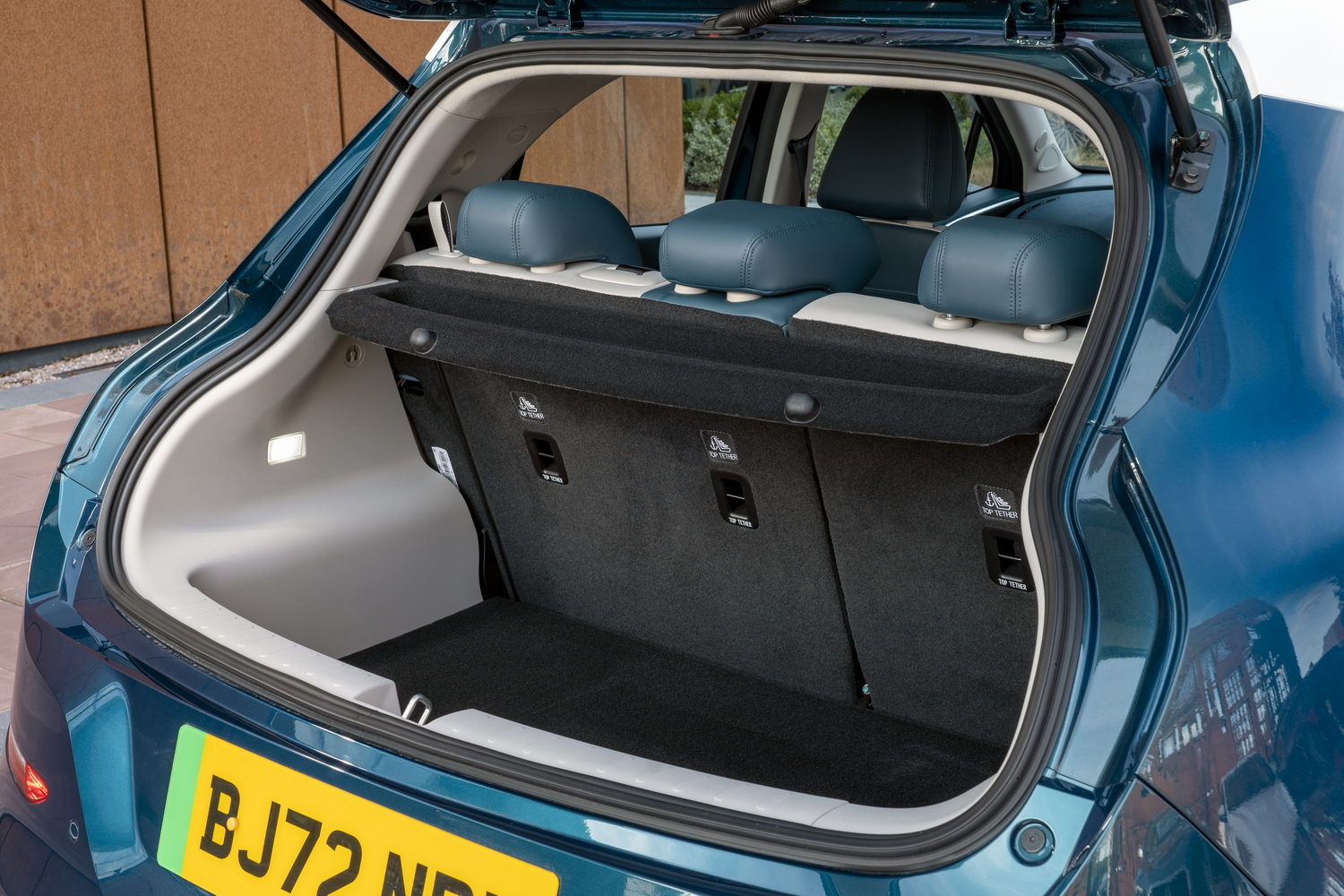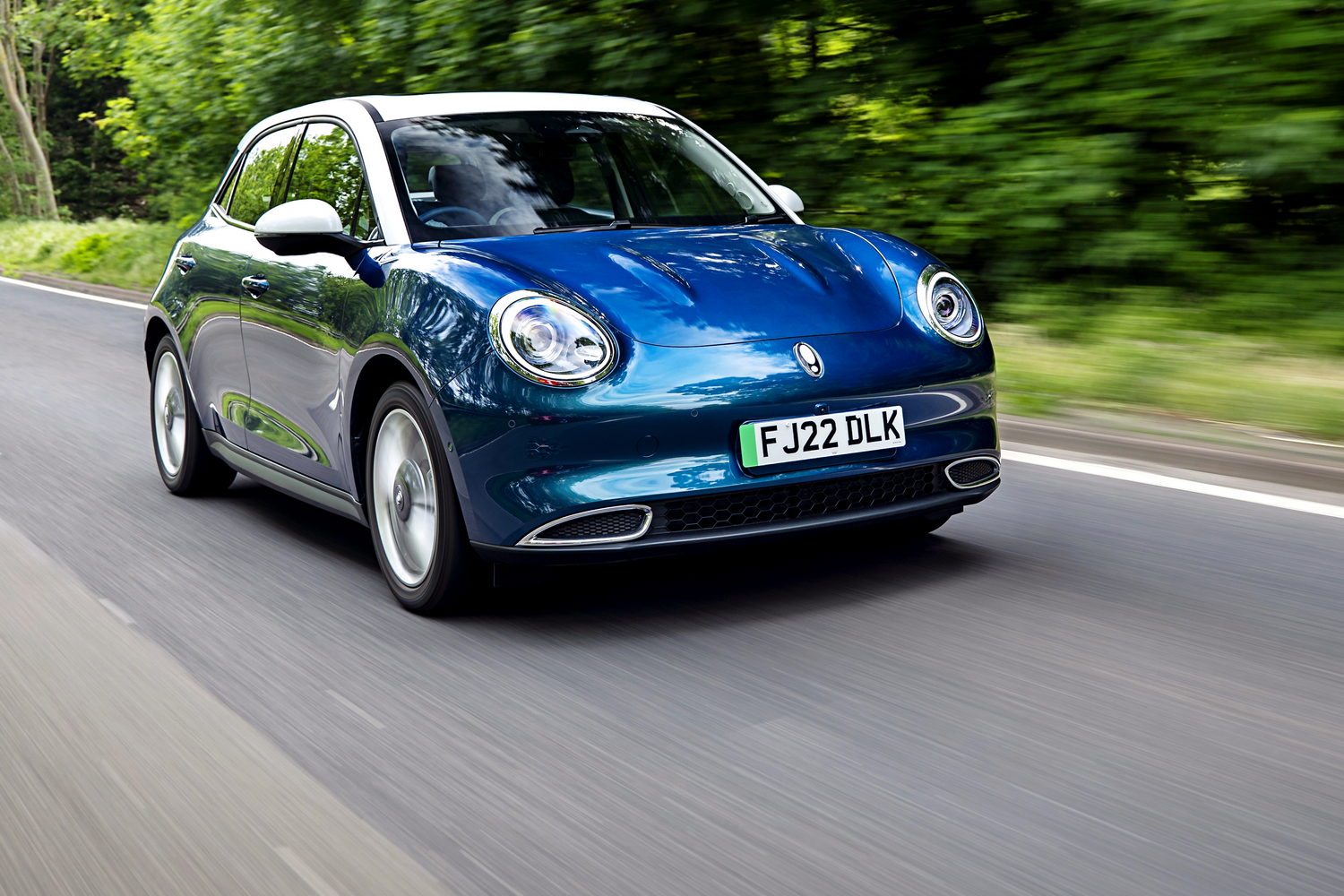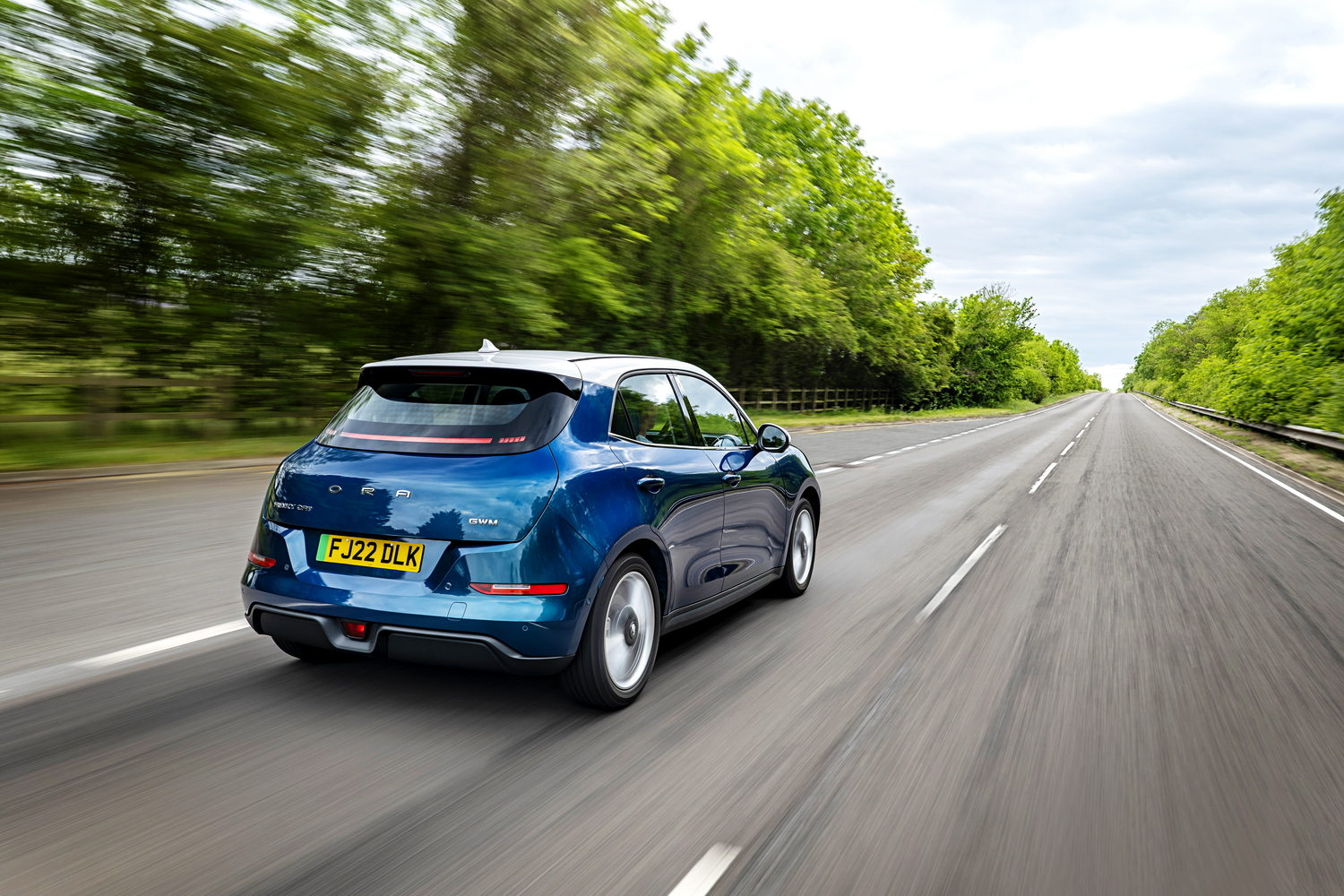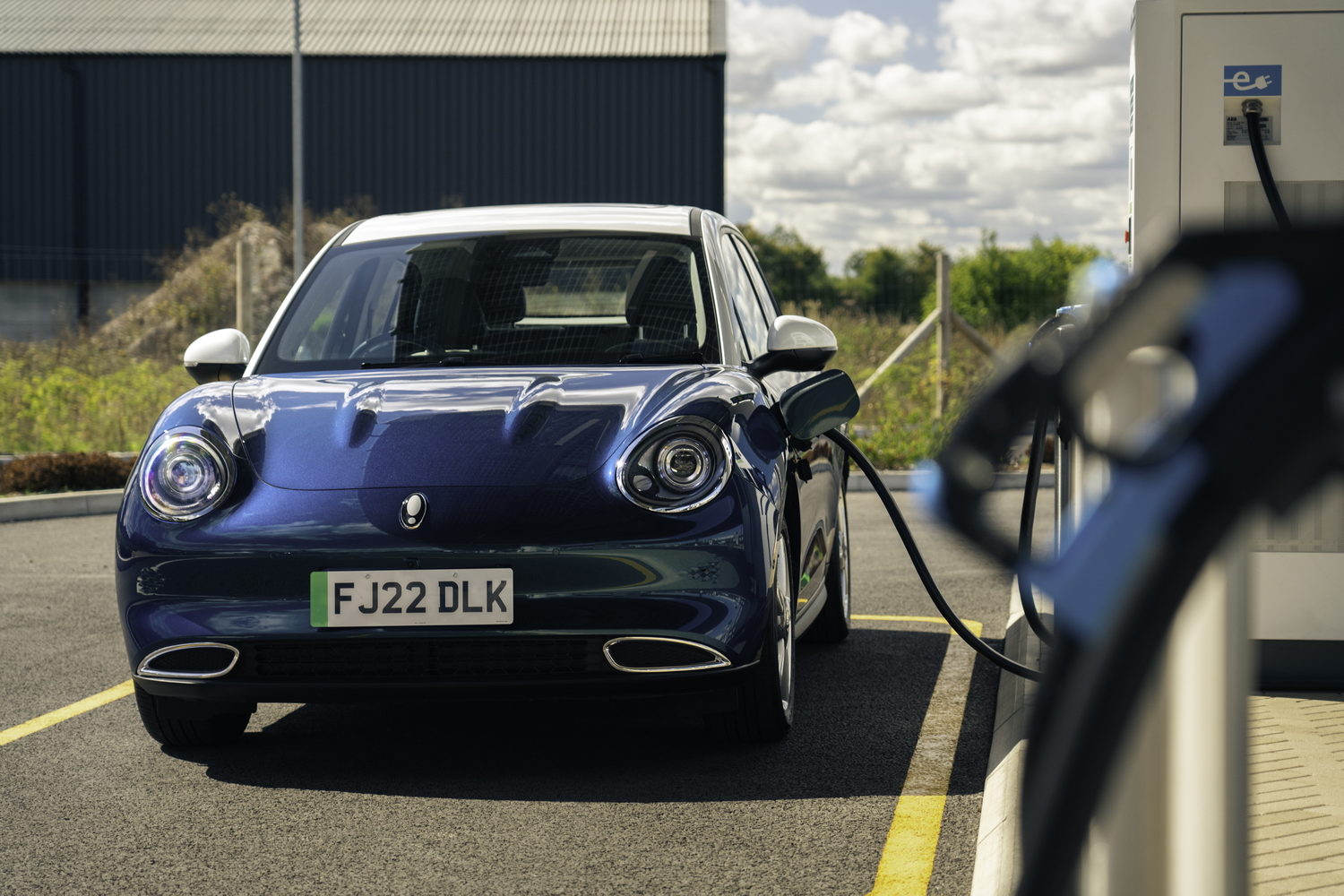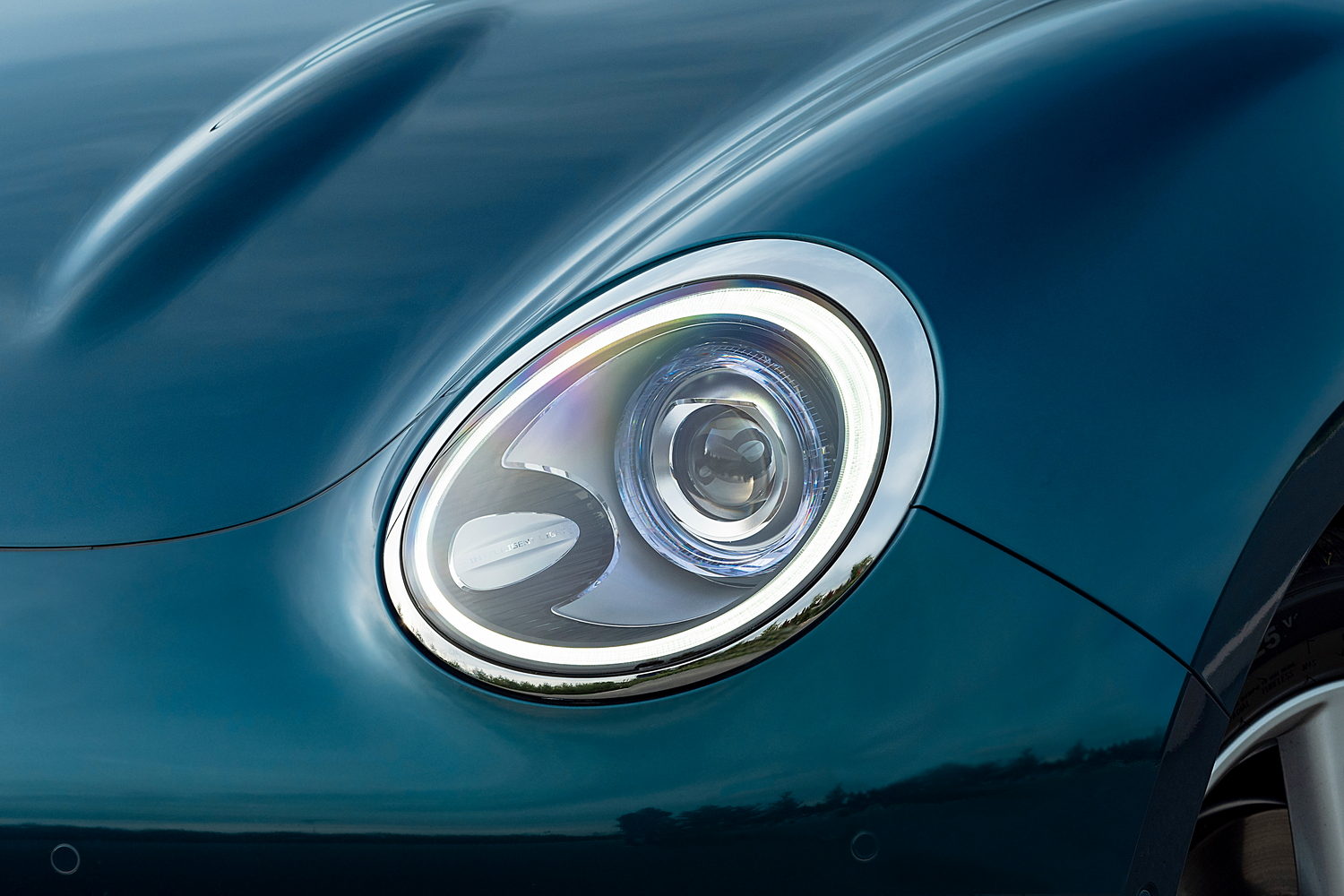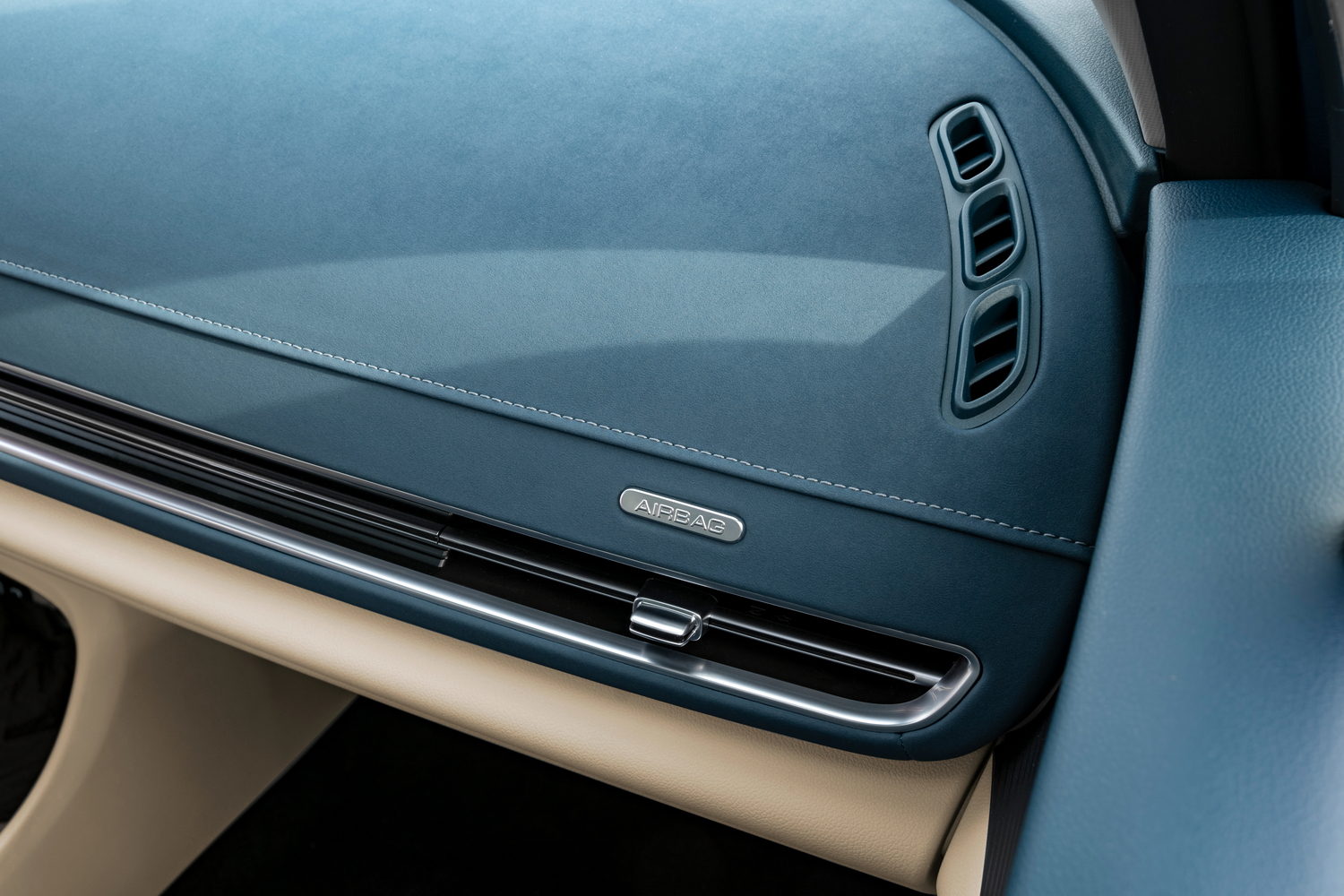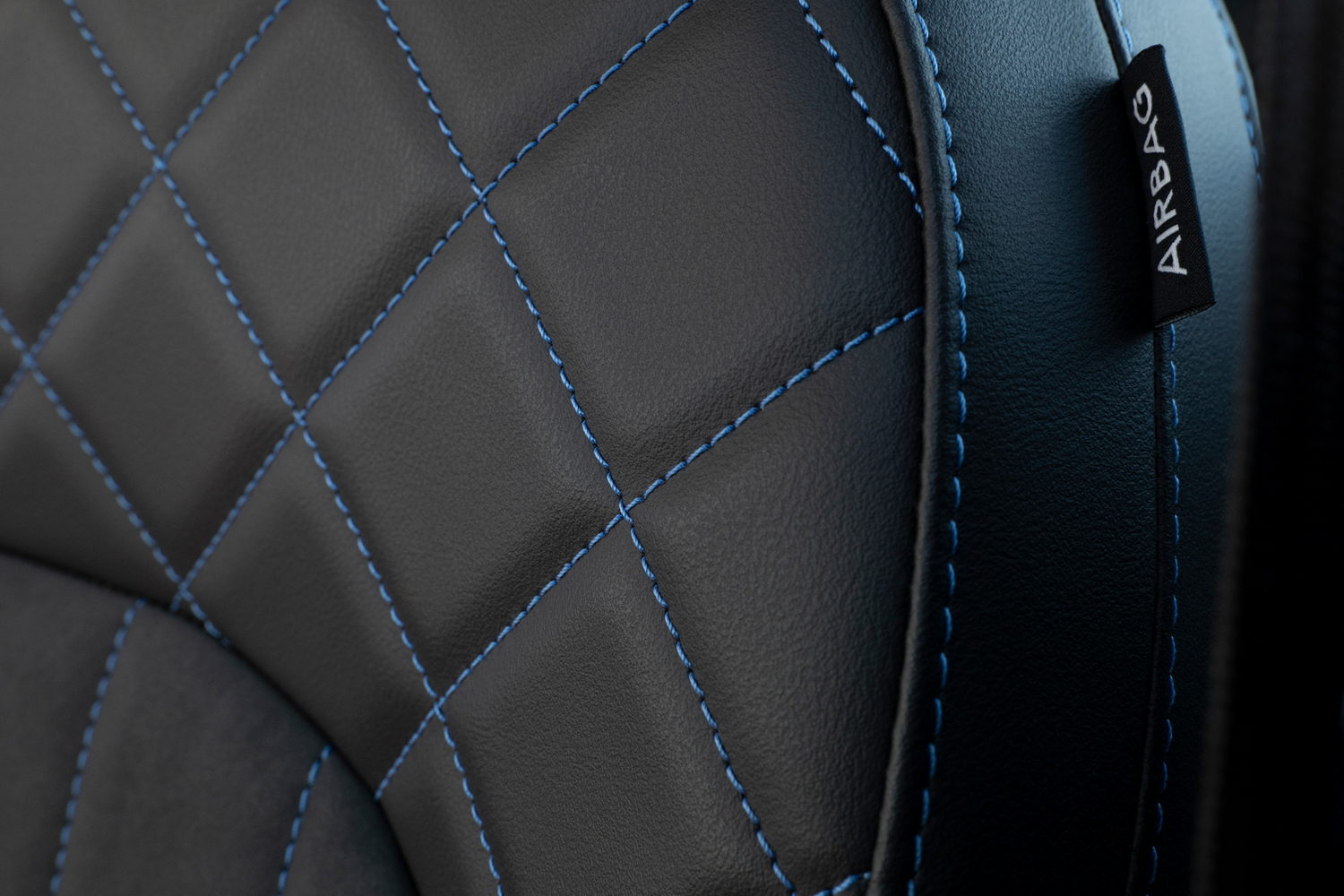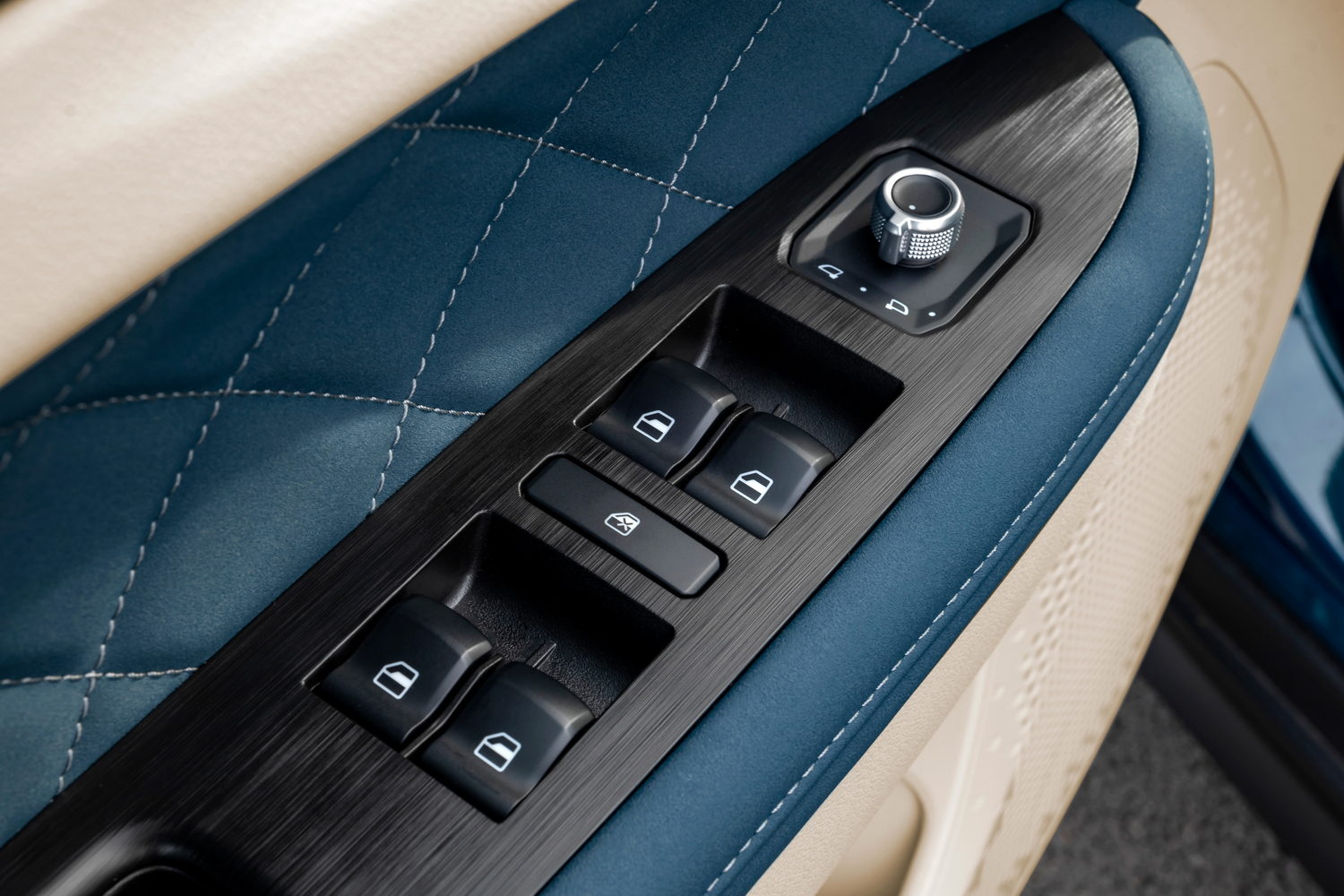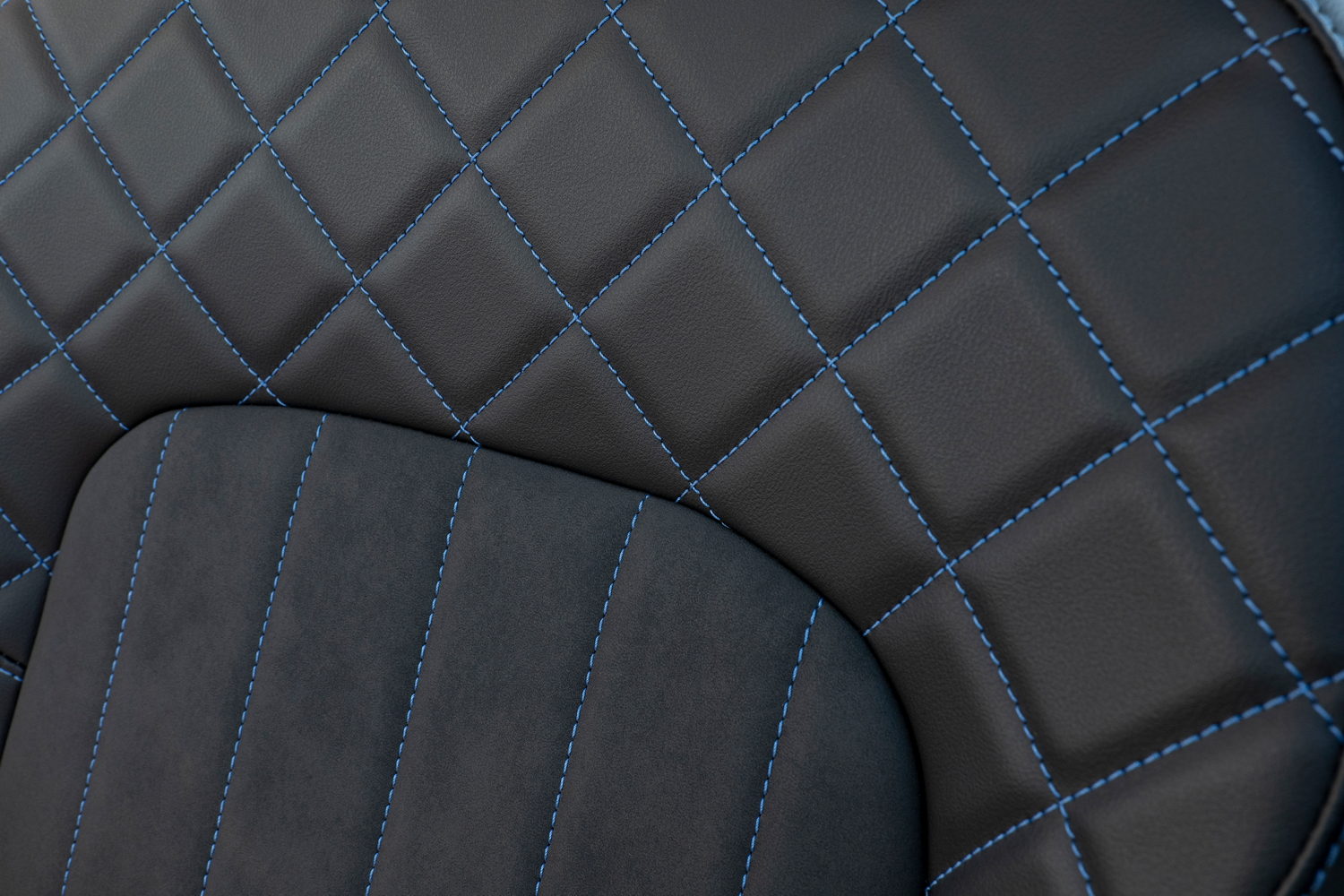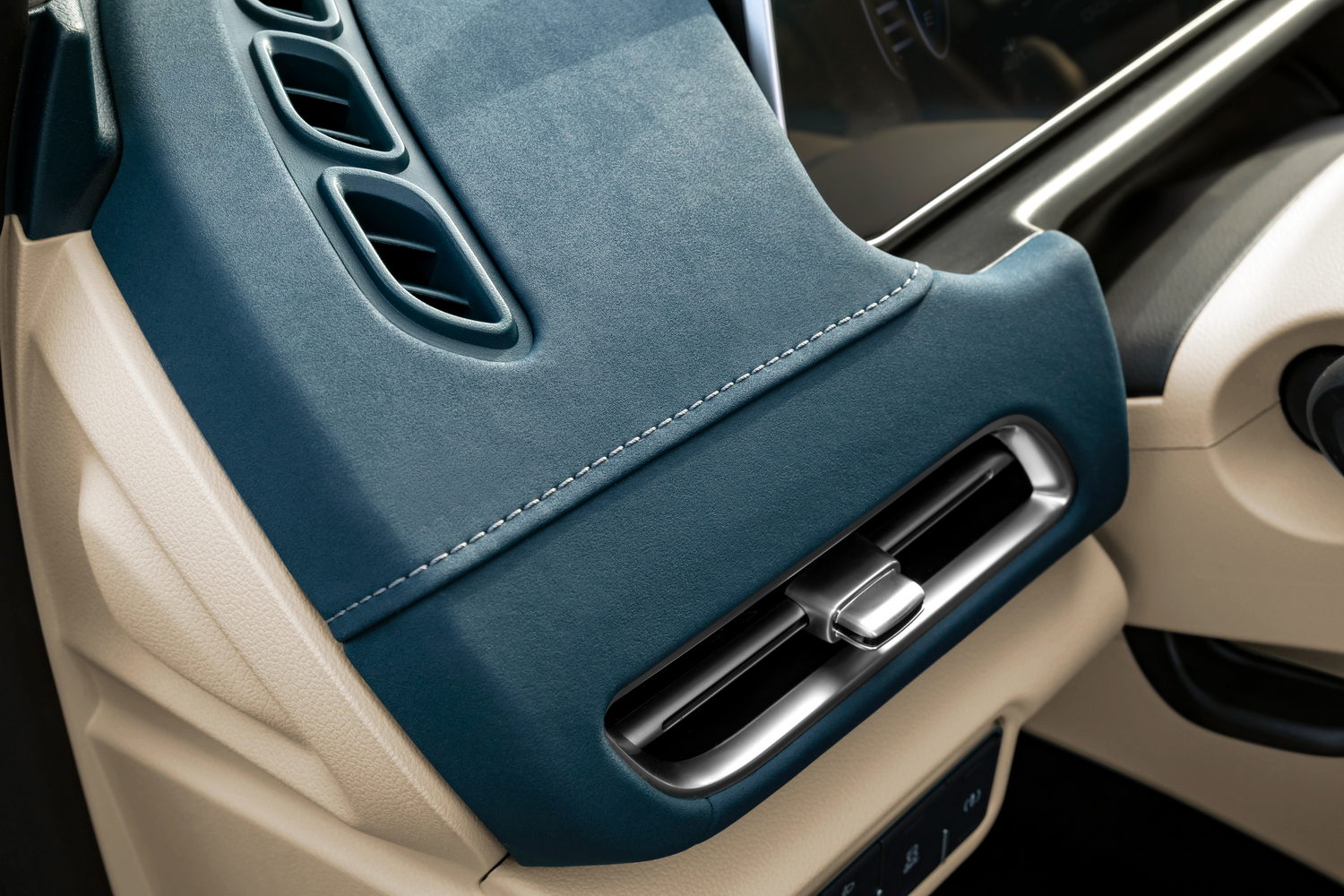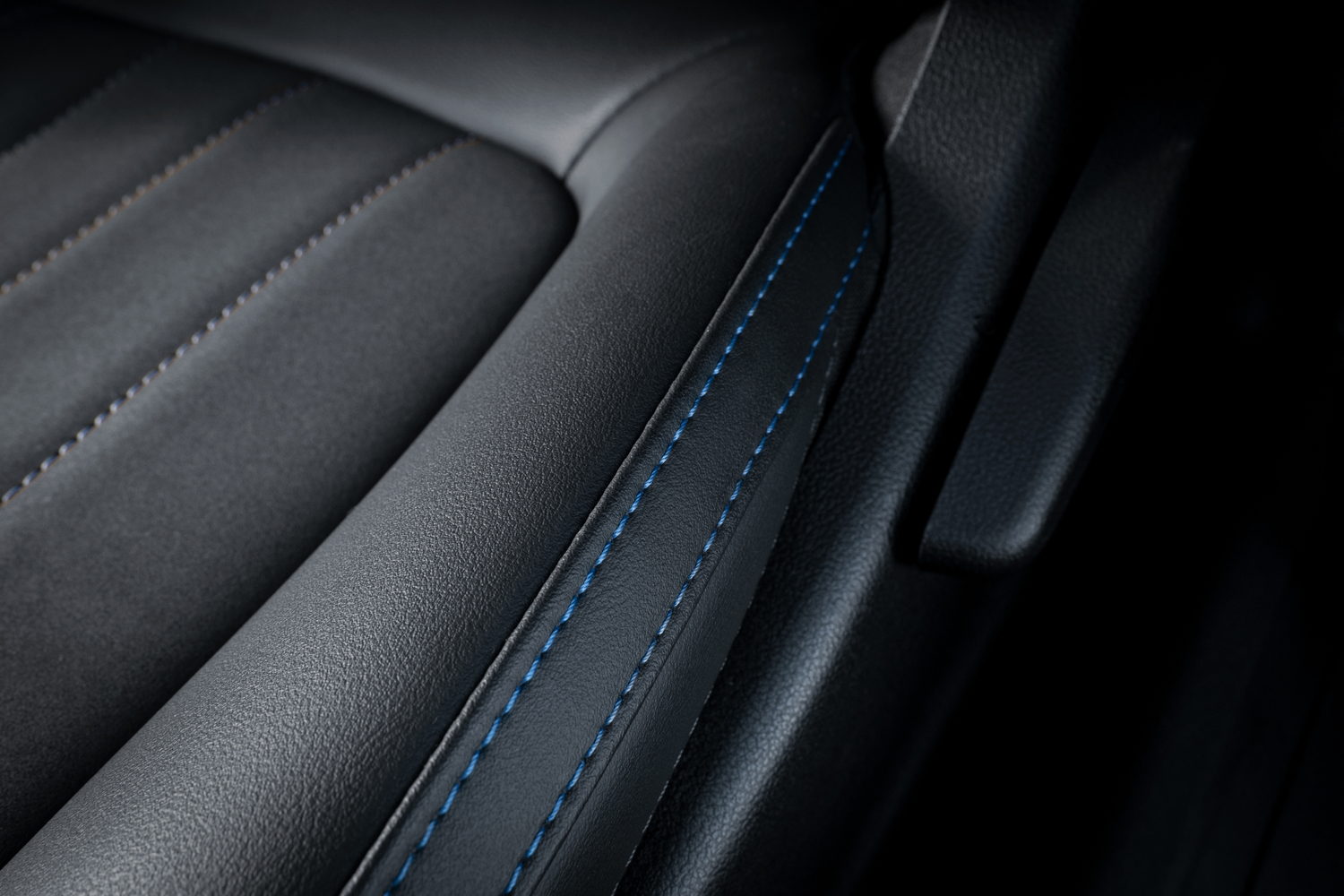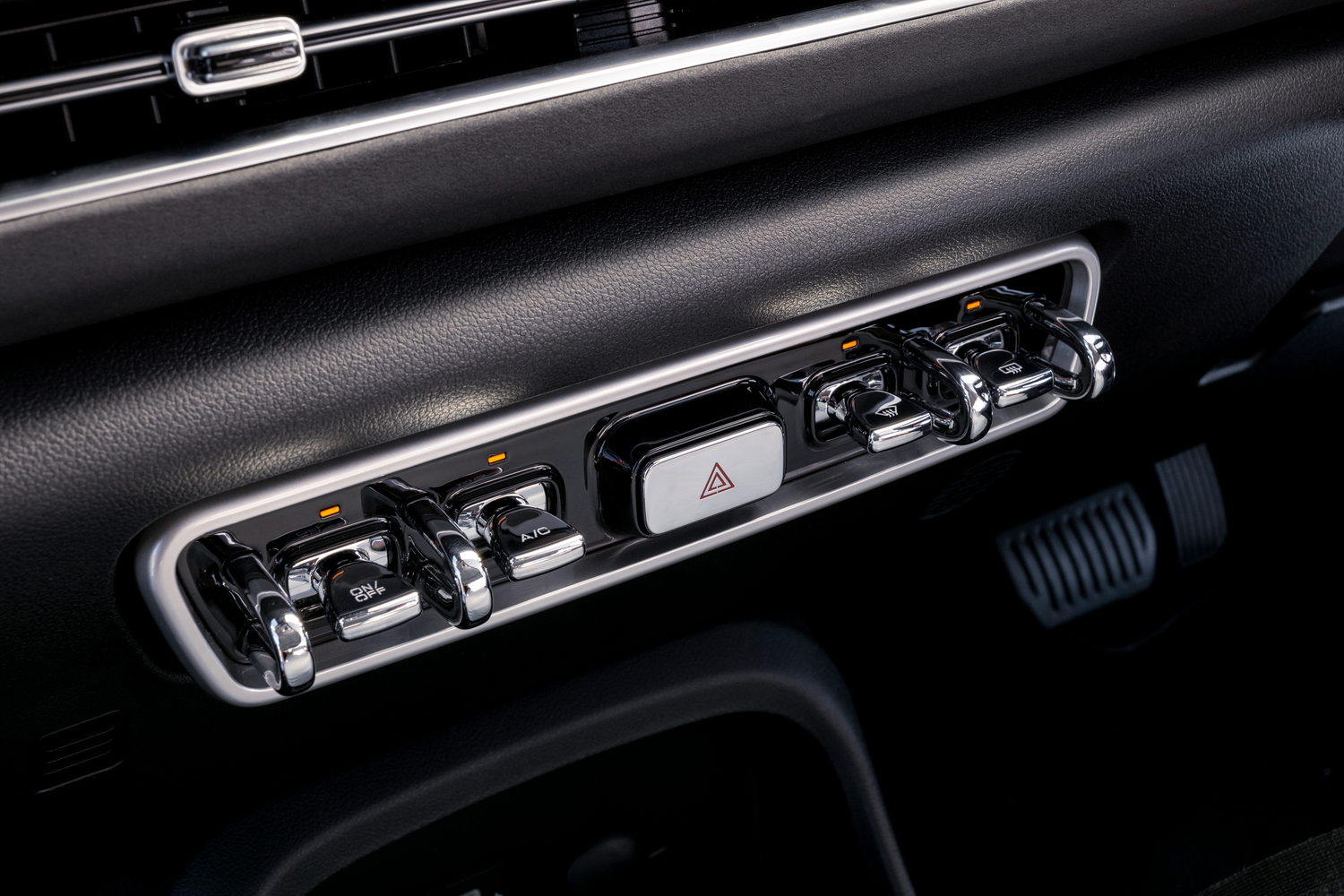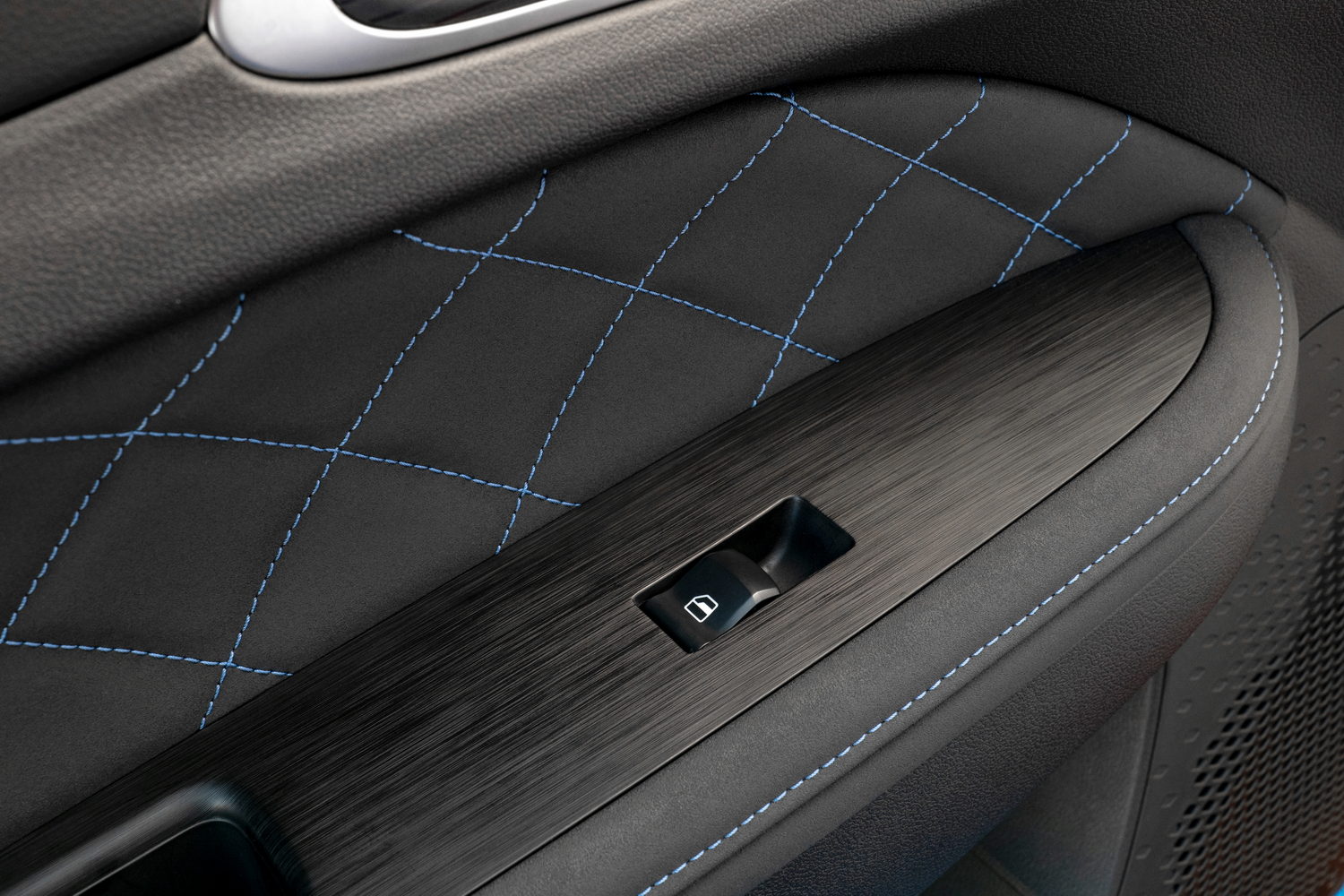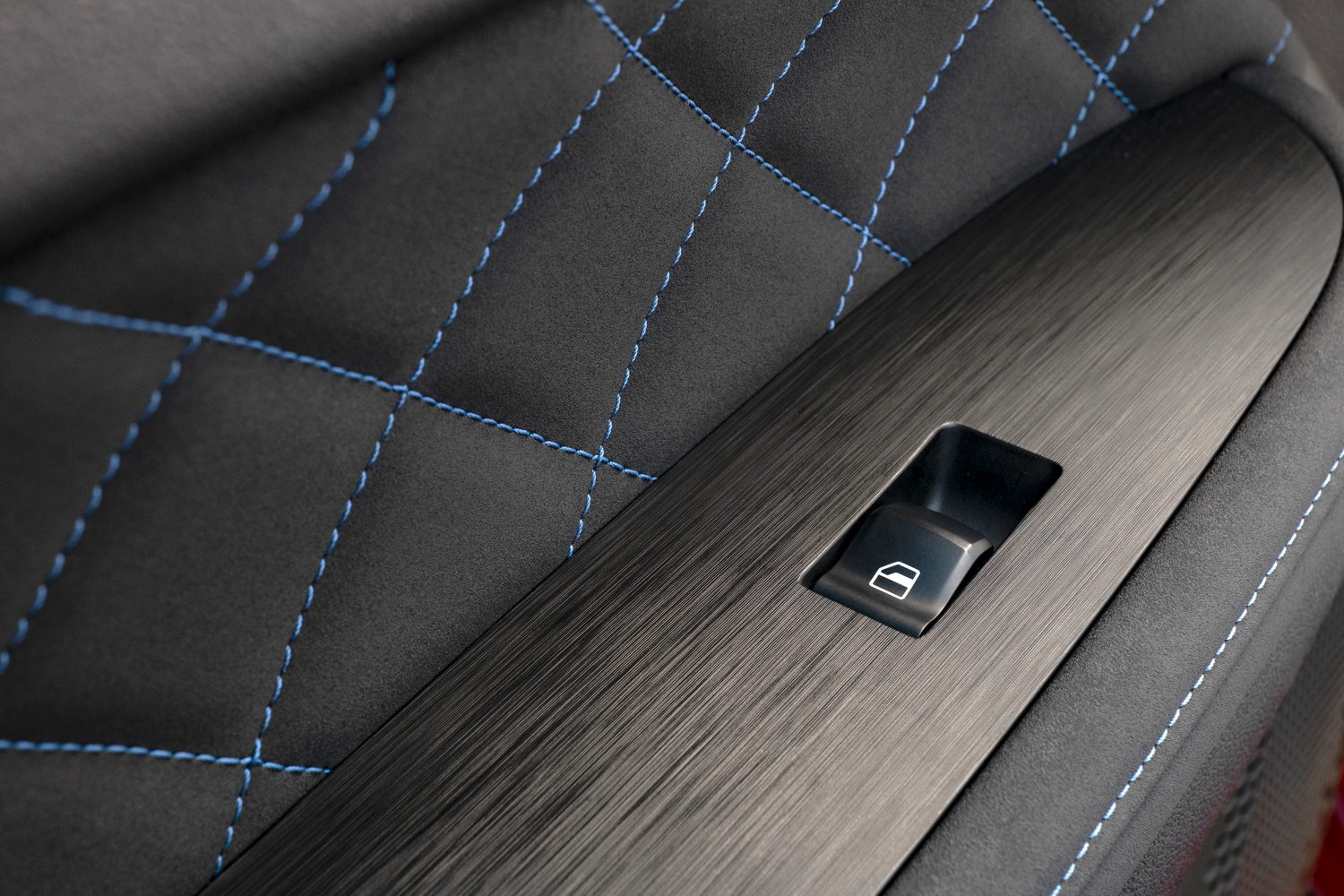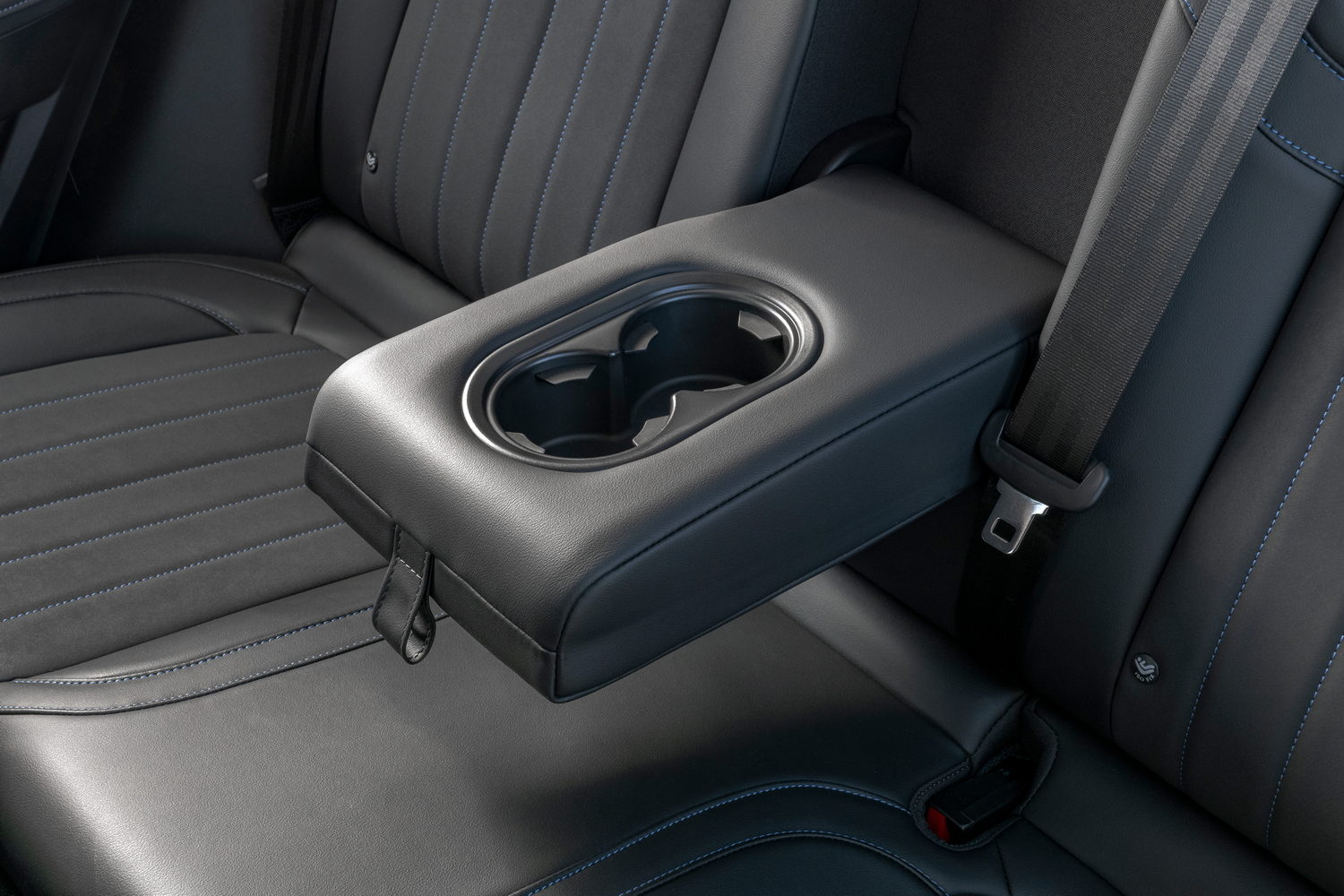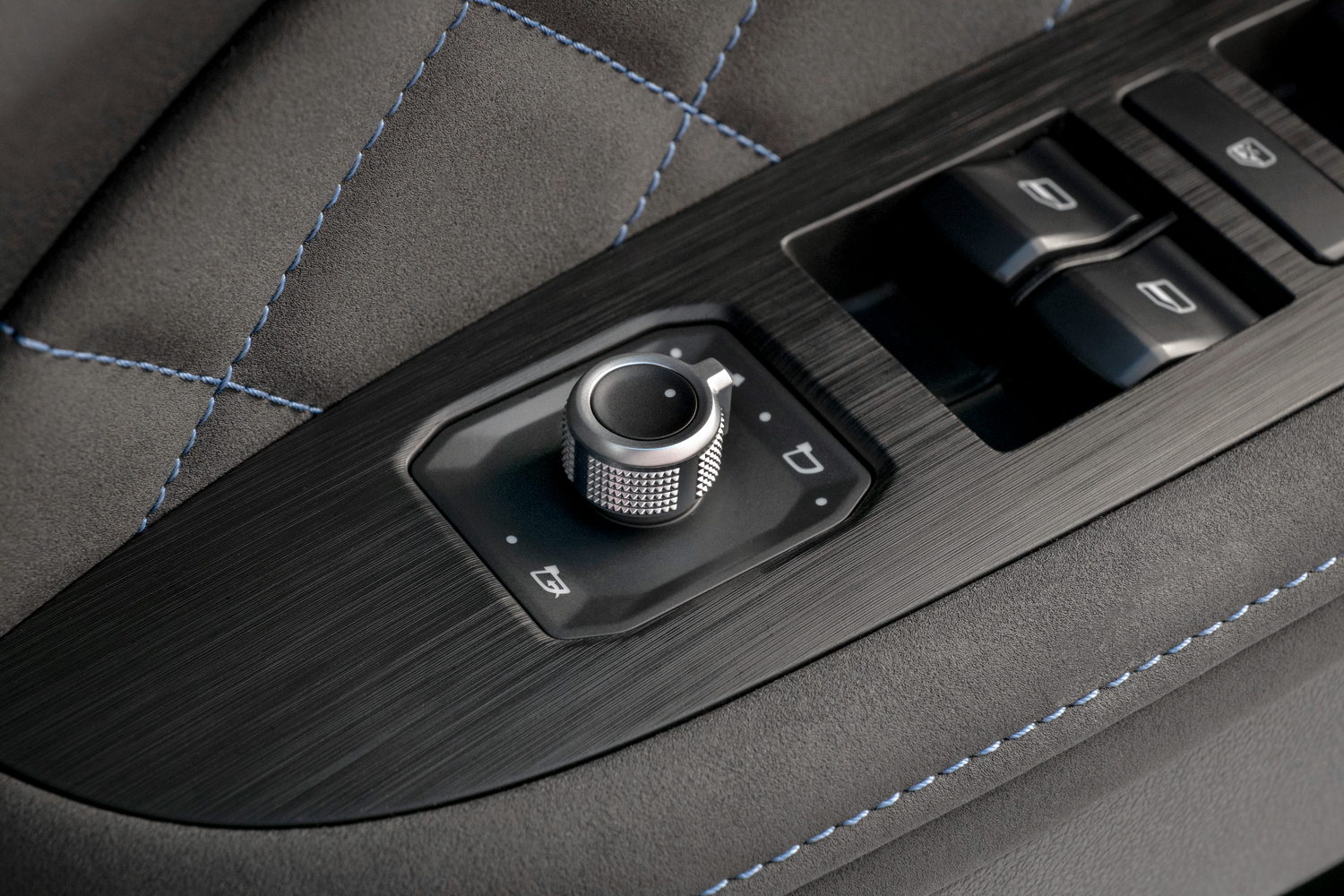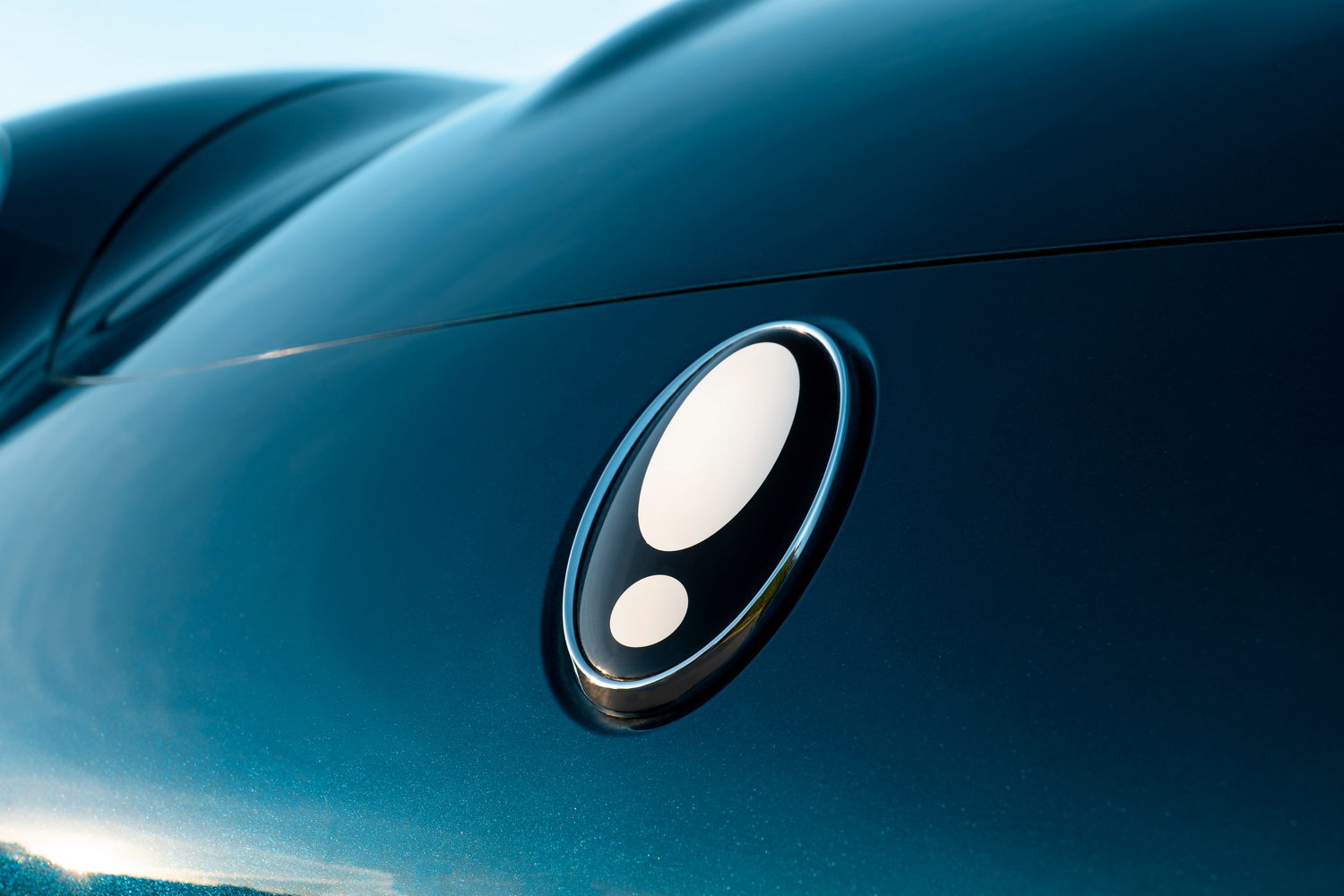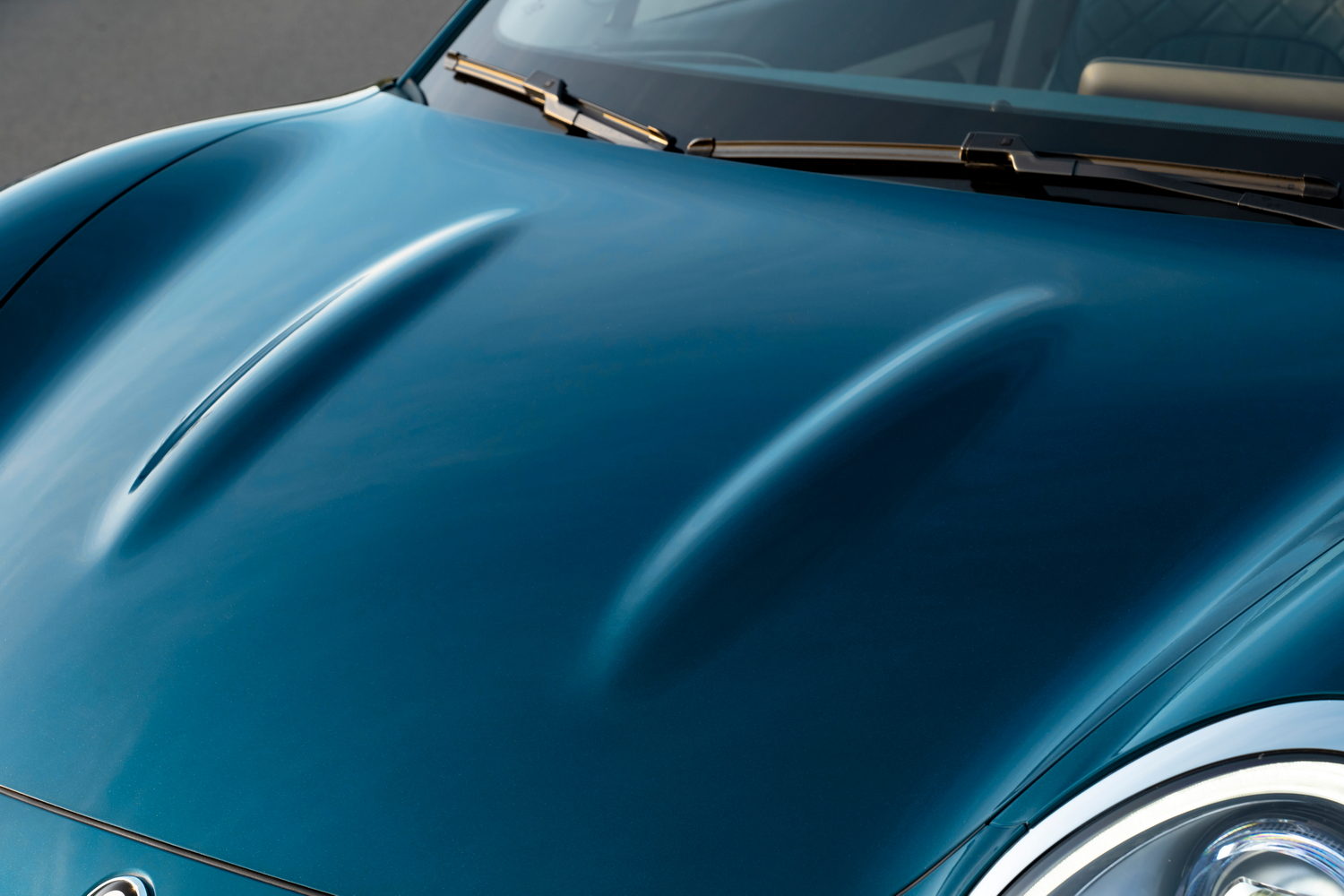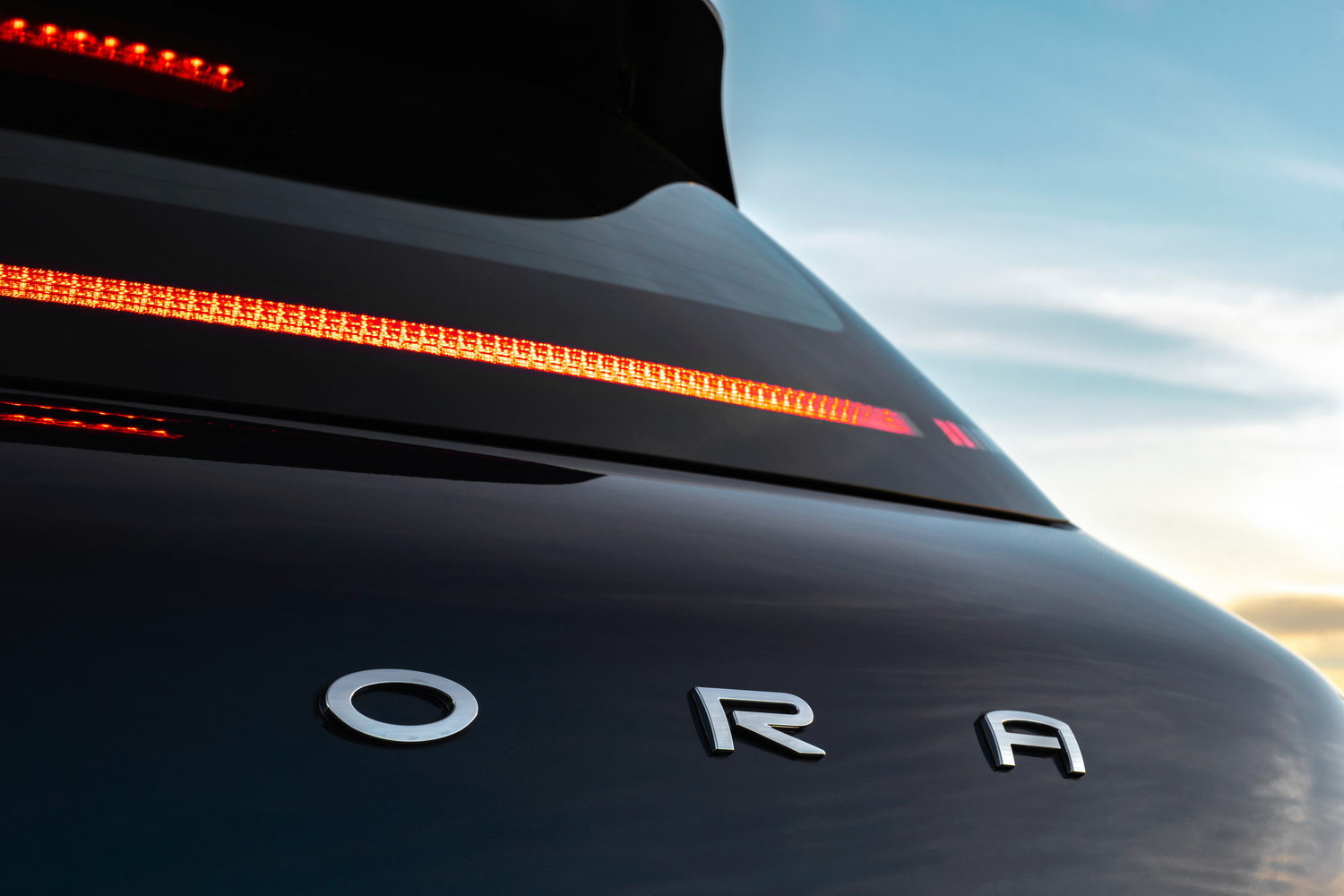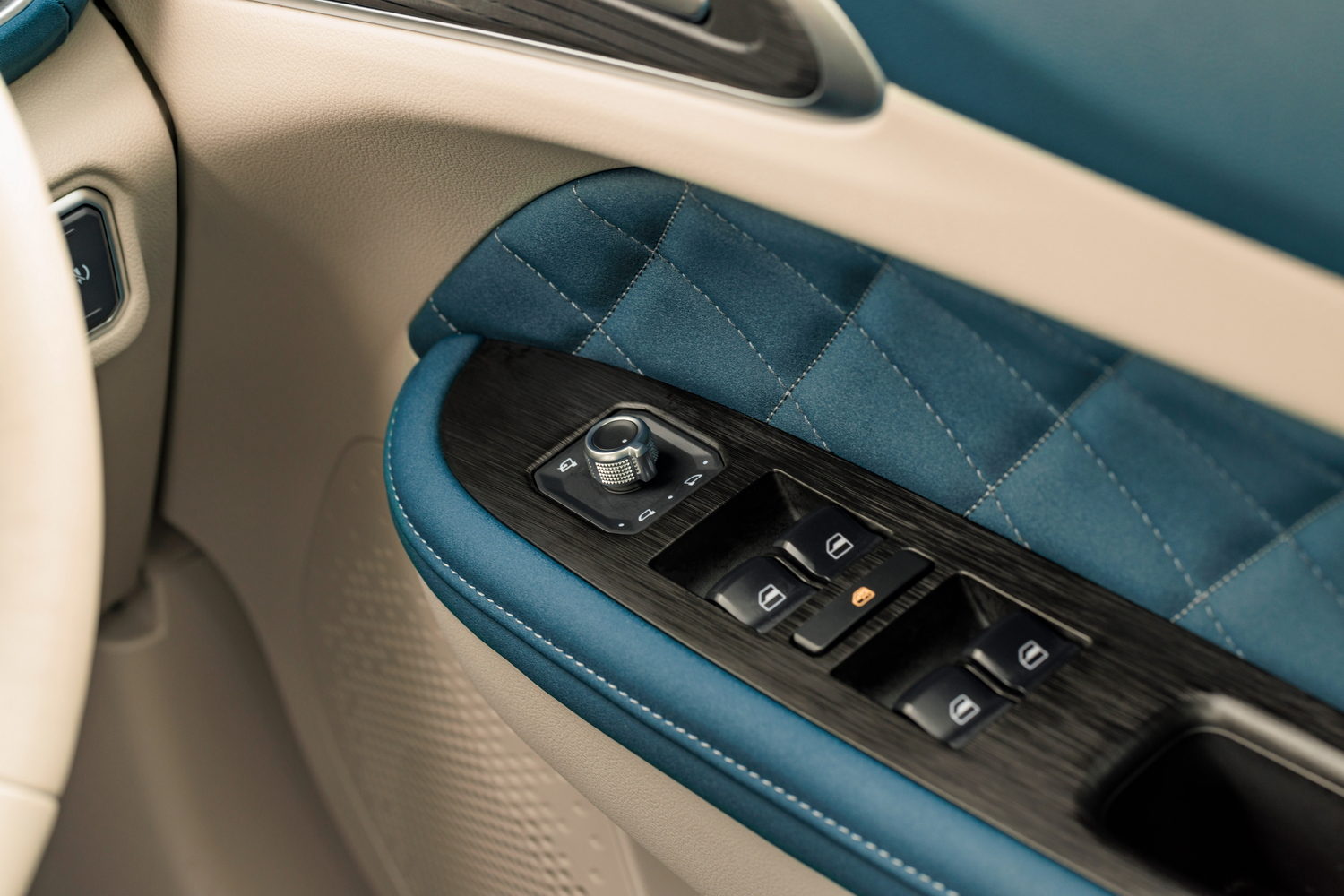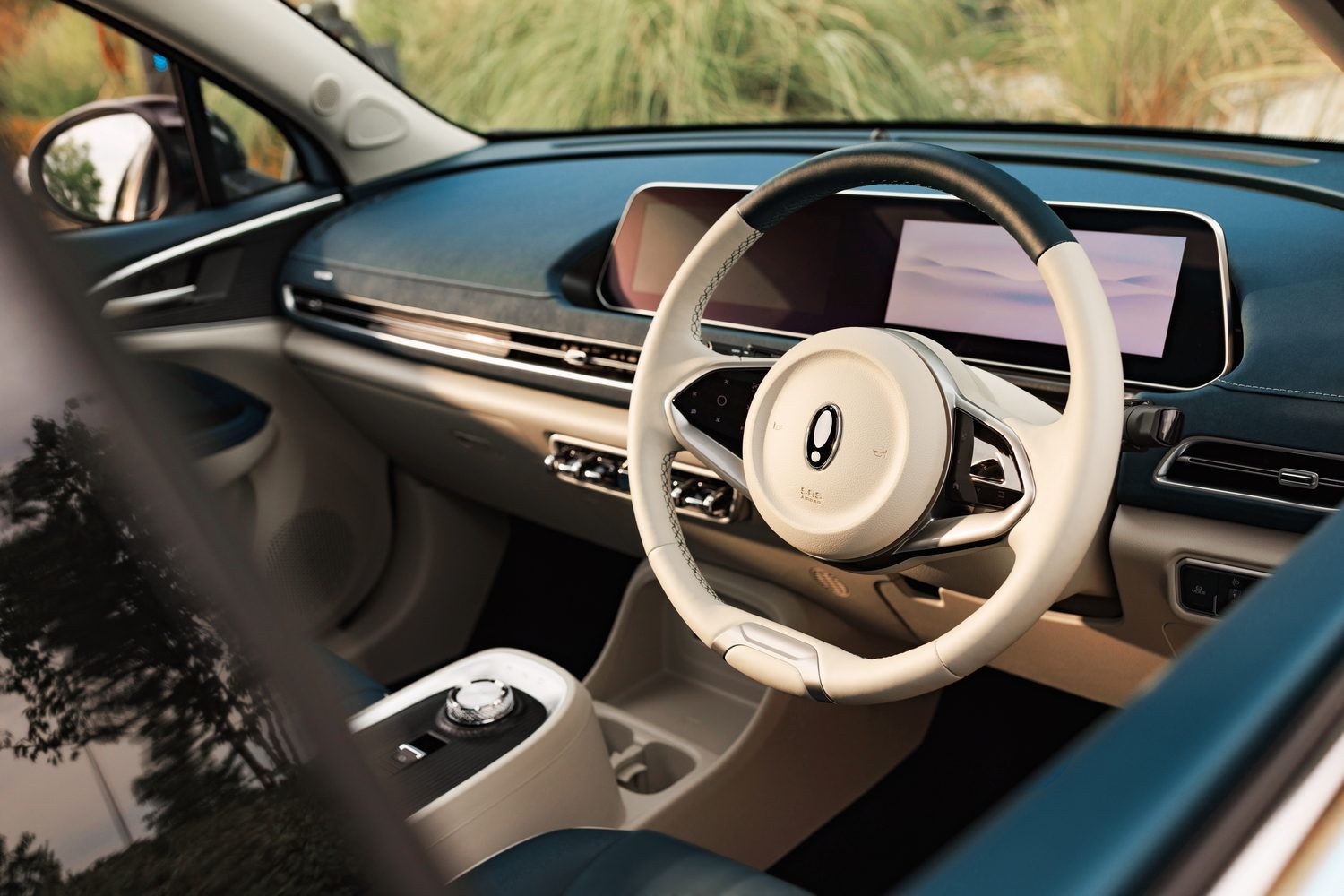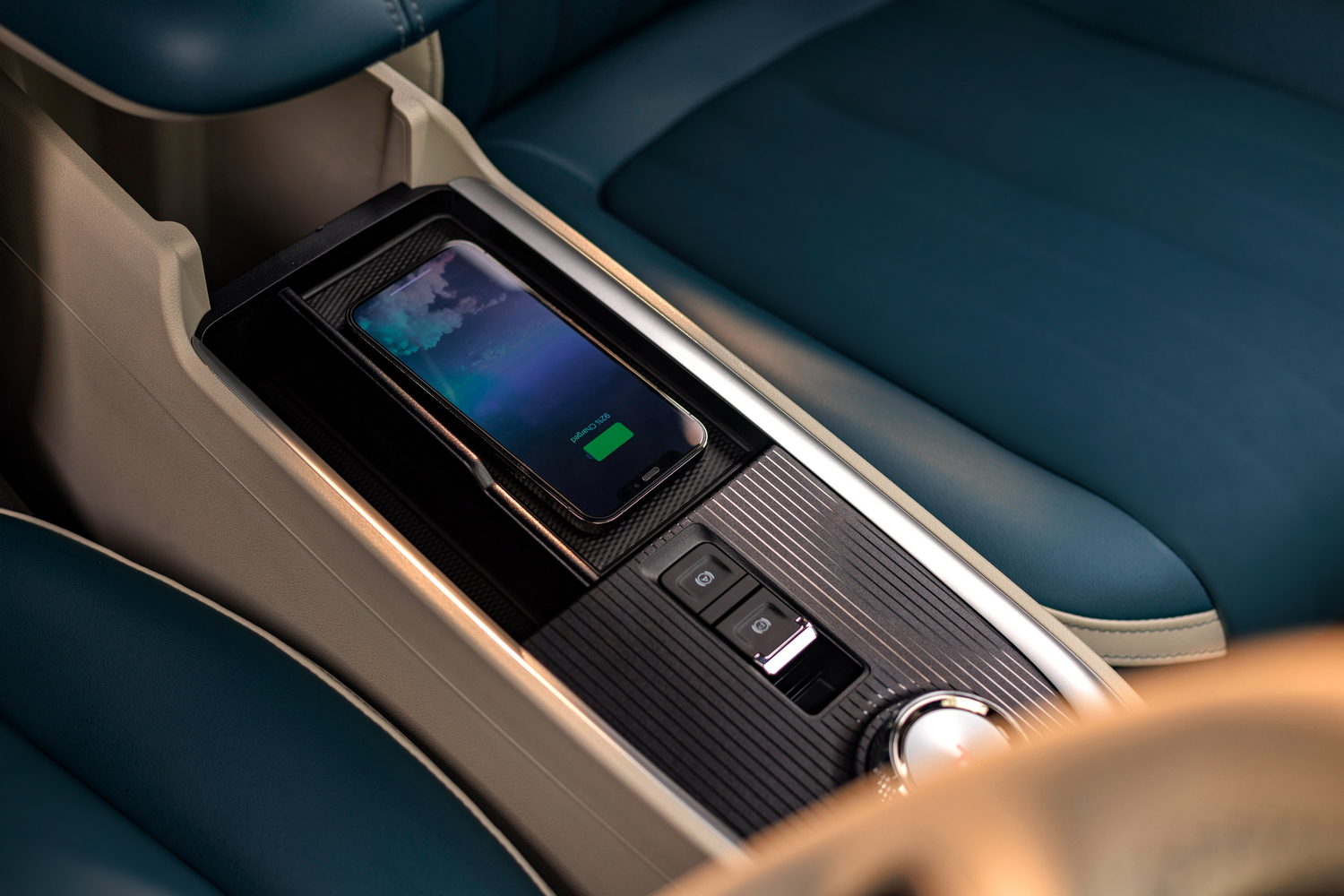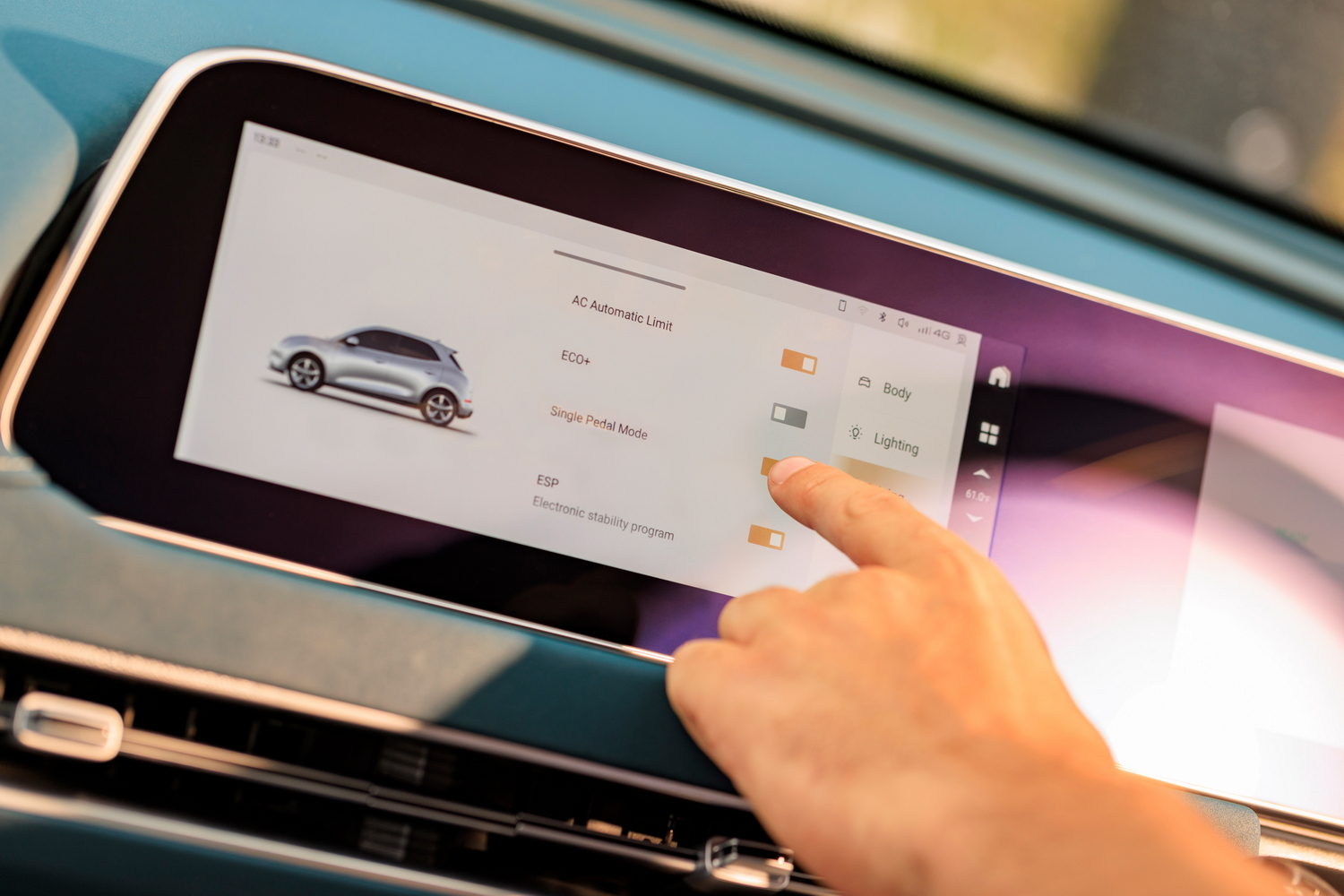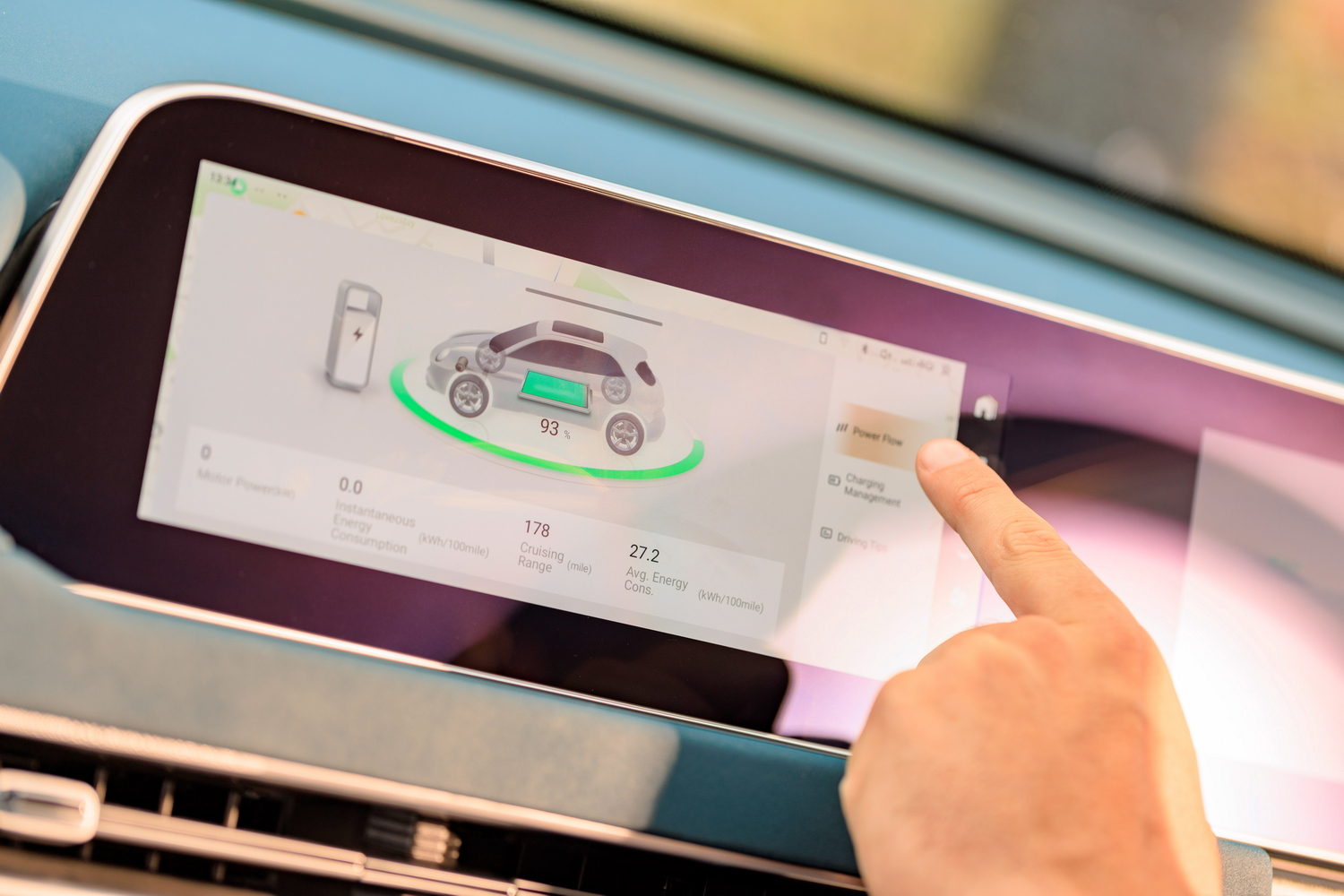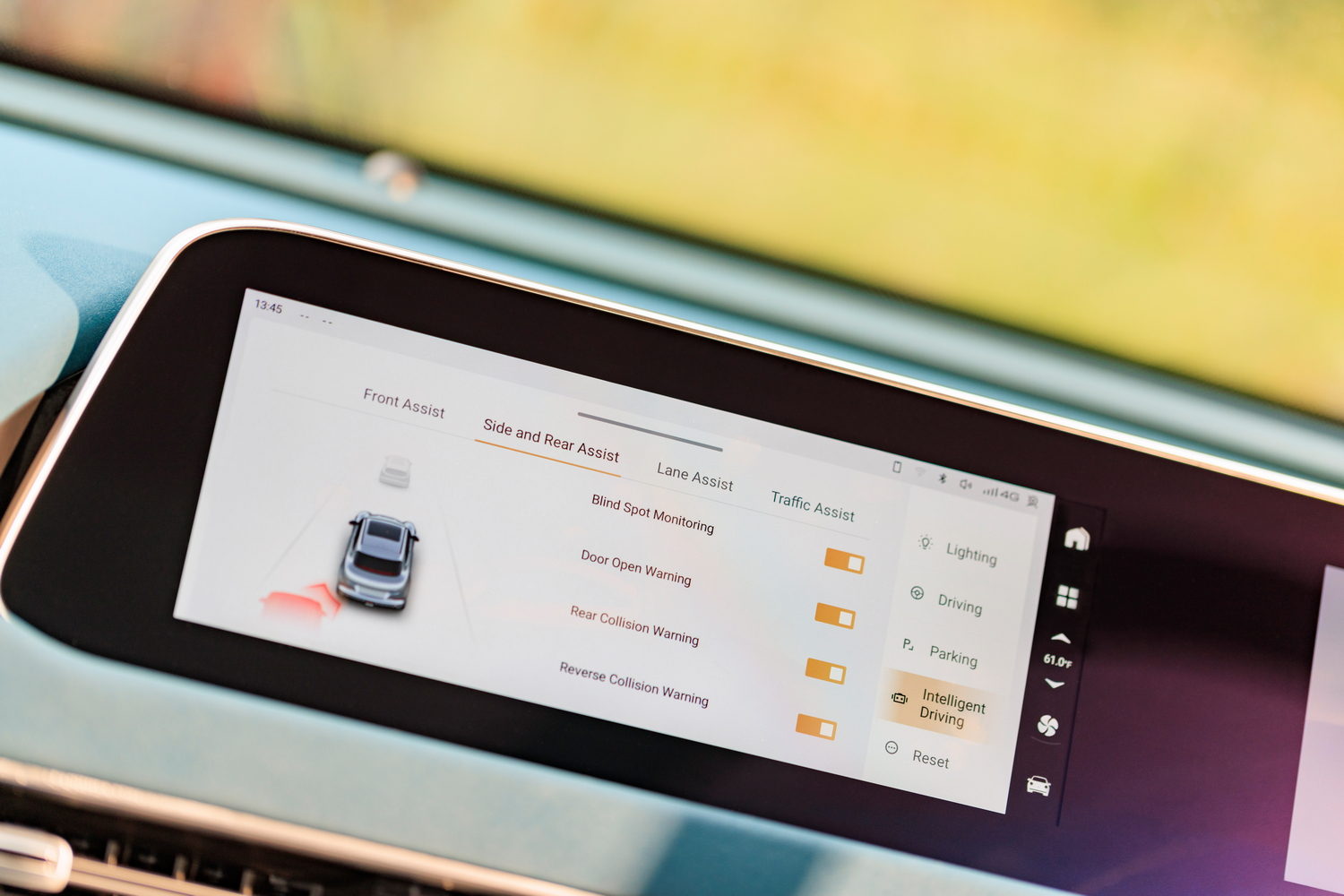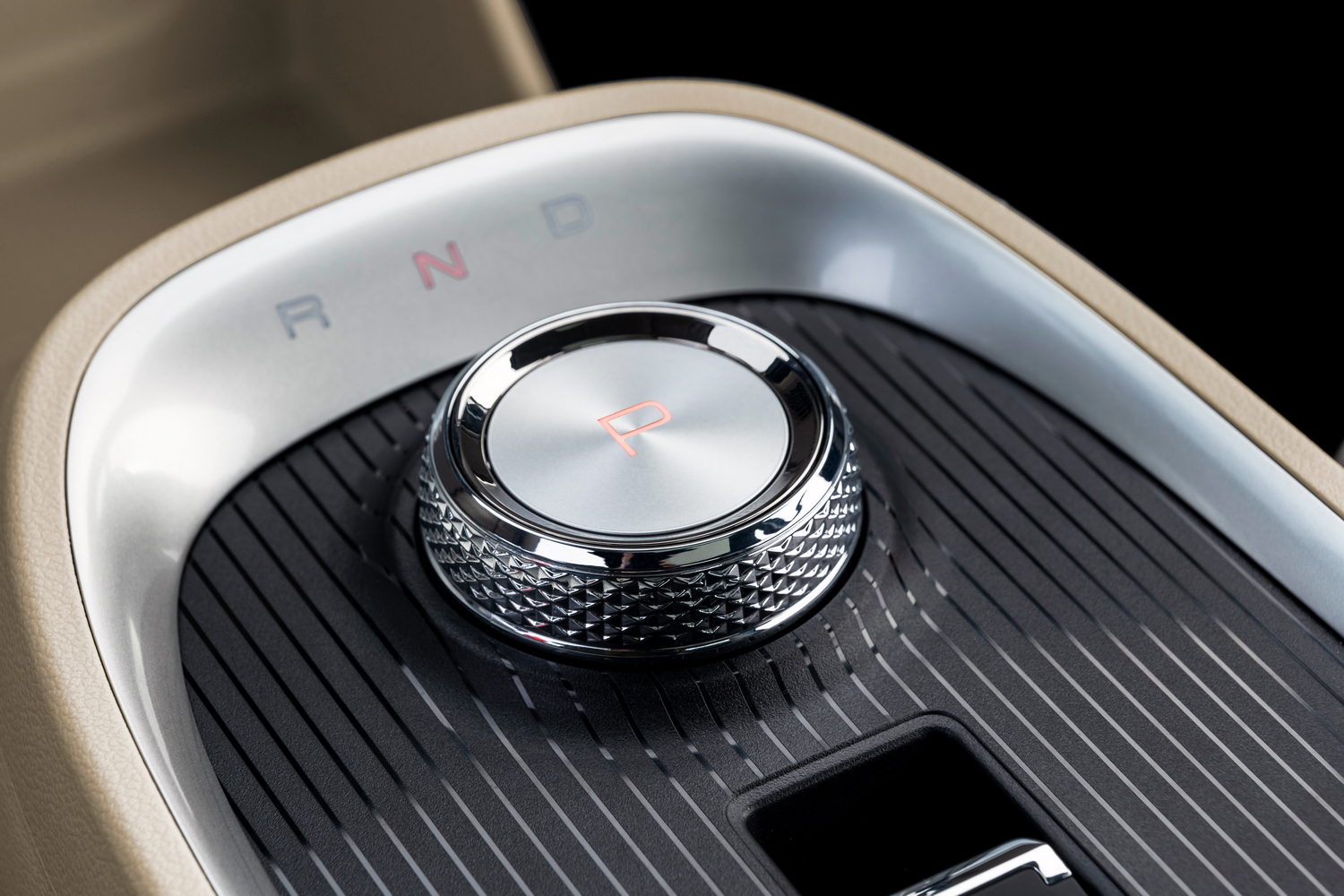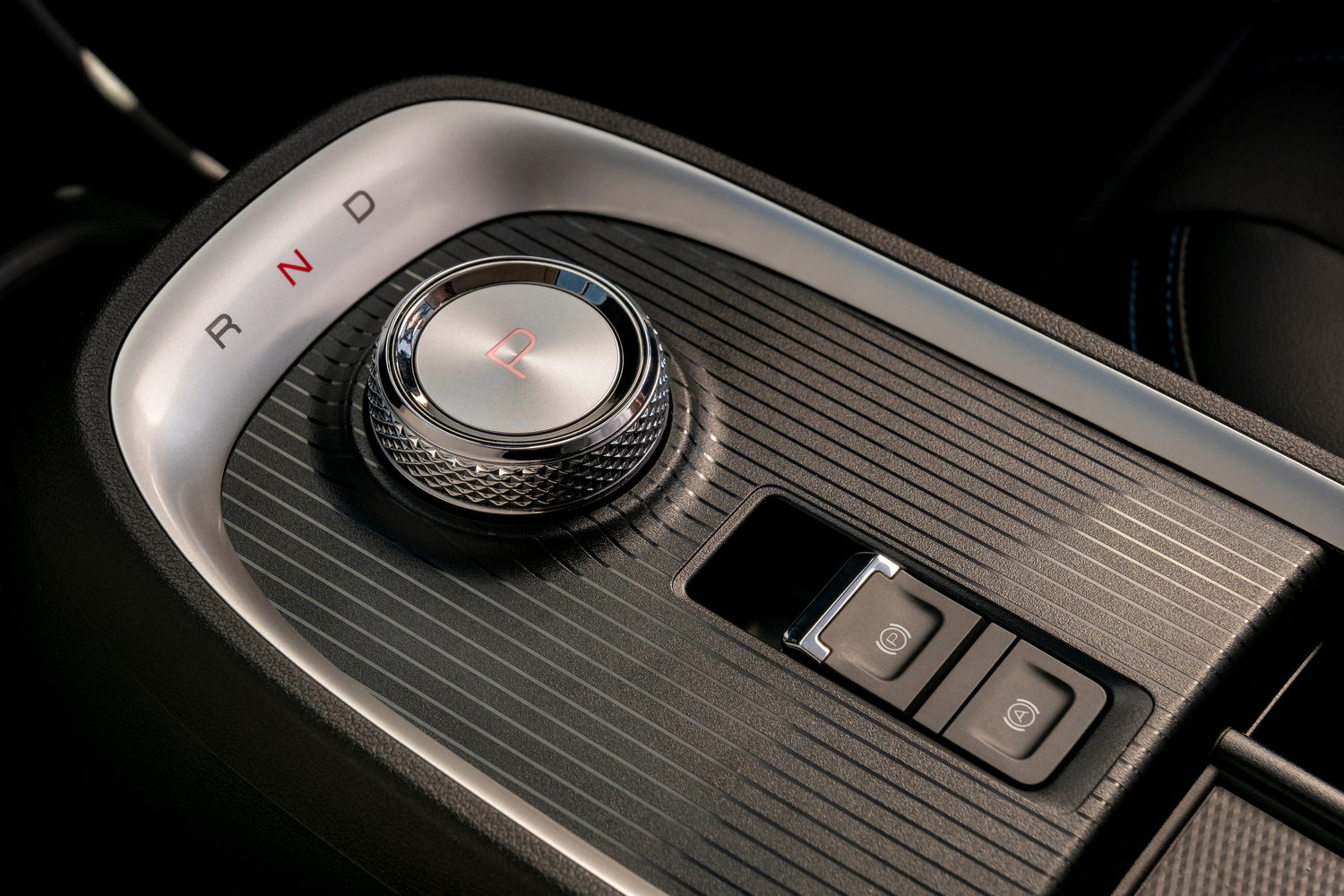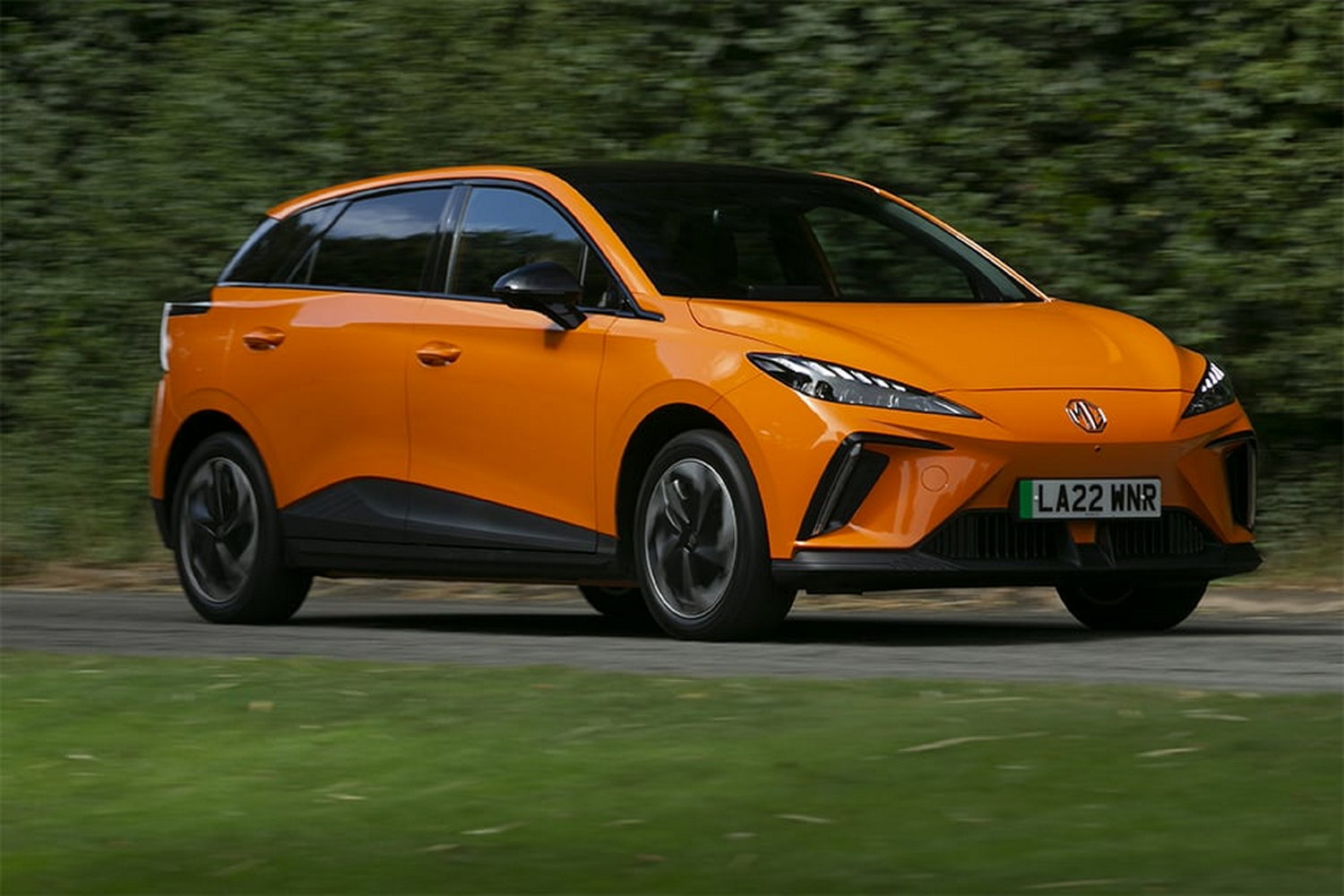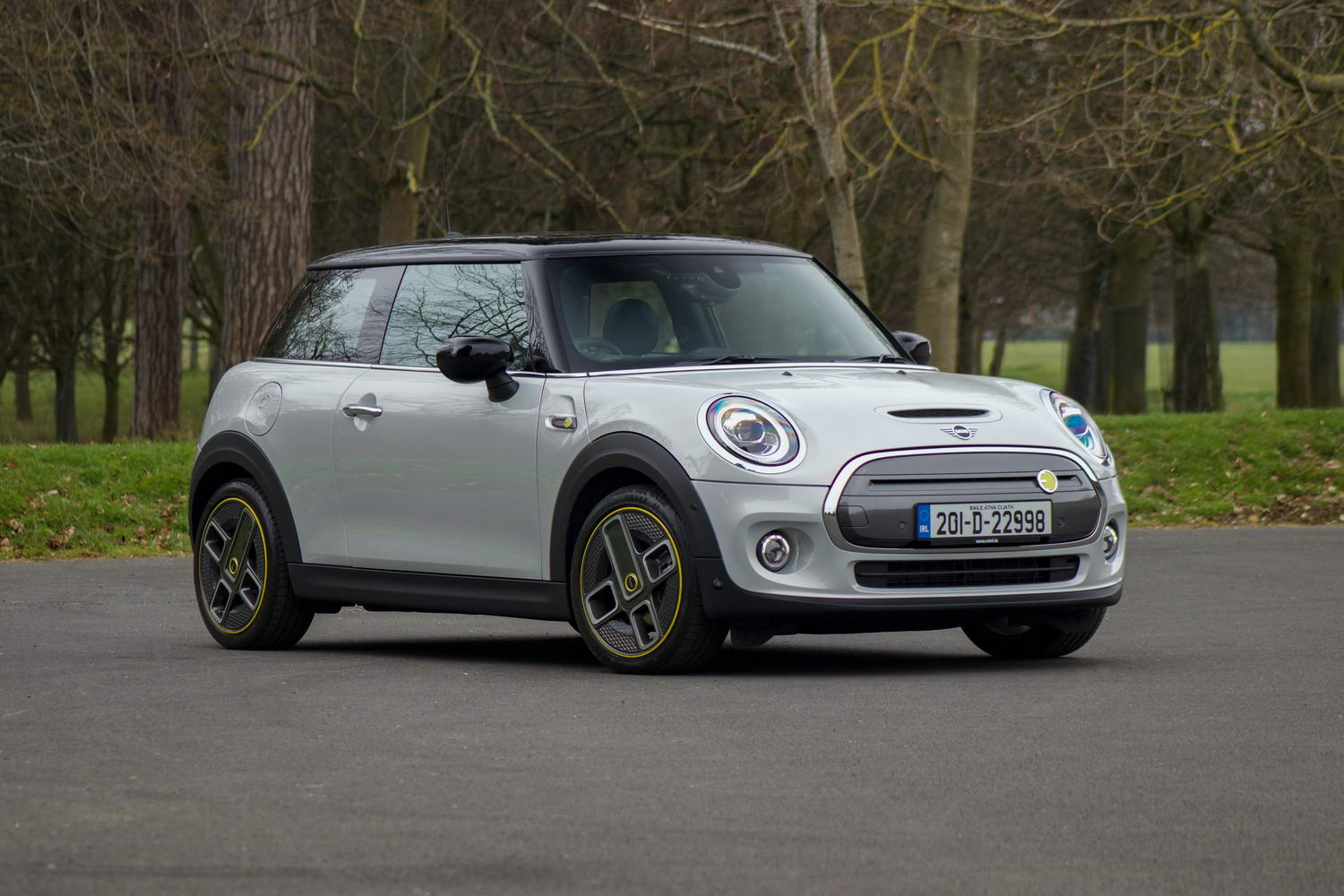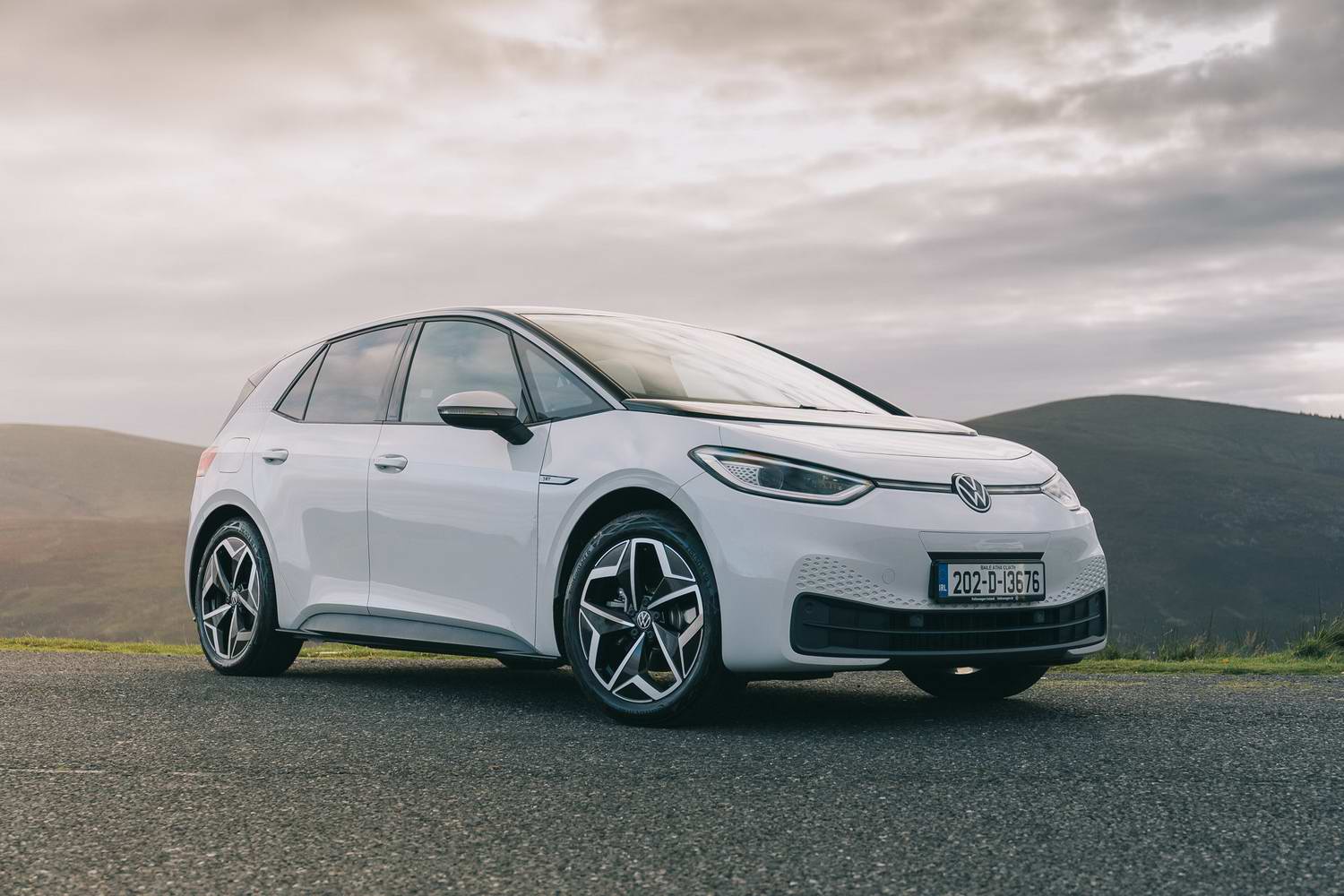Great Wall Motors (GWM) might not be the best-known car manufacturer in Ireland, but its global reach is massive, and now the company is expanding with its Ora electric brand. The new brand aims to be characterful and premium all at once, which goes some way to explaining the naming convention. Try not to laugh when we say the brand's first car is called the Funky Cat.
Right, now your sides have been stitched back together, it's time to get serious. Because GWM says the Funky Cat is a proper rival for the Volkswagen ID.3 and Hyundai Kona, although we'd add the MG4 and the electric MINI to that list. That means it's playing at the more affordable end of the electric car market, and the Funky Cat is mixing it with the best in the business. Ora says its product is premium enough to cope, but we'll be the judge of that...
In the metal
The Funky Cat has a bit of an image problem, and not just because of its name. When we first saw images, we thought it was a Fiat 500e rival, but it's actually more MINI- and ID.3-sized. And we weren't the only ones to be deceived: Ora reckons would-be customers are saying much the same thing. But at 4.23 metres long and 1.82 metres wide, the Funky Cat is roughly the same size as a conventional C-segment hatchback.
And that puts the newcomer in the firing line of some big hitters. Not only are the closely related VW ID.3 and Cupra Born playing in this segment, but the new and brilliant MG4 has recently shaken the market up, while established players including the Nissan Leaf, MINI Electric and Hyundai Kona continue to offer stiff competition.
Ora is up front about this, but the brand reckons the Funky Cat has the quality and the appeal to cope in such illustrious company. In fact, the company has decided to position itself in a semi-premium part of the market, where it hopes customers will accept higher prices than they will from MG.
In its attempts to convince buyers, Ora seems to be stealing design cues from other models. There's some Porsche and MINI spirit in the Funky Cat's headlights, while the line at the rear reminds us of the original Nissan Leaf and, to a lesser extent, the Renault Zoe. The overall shape, though, feels much more MINI- and Fiat 500-esque, with rounded, approachable lines and a cutesy kind of feel. And looking at Ora's next model - an as-yet unnamed saloon with shades of Panamera about the rear end - the theme is set to continue.
It's certainly in evidence inside the Funky Cat, where there are lots more rounded edges and some toggle-style switchgear on the dash. The Funky Cat's cabin is of very high quality, if not as upmarket as Ora might have you believe. Nevertheless, it's more than capable of mixing it with rivals from MG, Fiat and Hyundai.
That's partly because it's so laden with technology. Lots of it is conventional stuff - fitting a big central touchscreen and a digital instrument display is not the flex it once was - but Ora has still executed it well. The screen isn't especially snazzy but it's cleanly styled and sharp, both in the way it looks and feels, so while it might not have the visual appeal of the ID.3's touchscreen, it's easier to use and more effective as a result.
But you don't really need to use it much at all thanks to the other tech fitted to high-end models. Our test car came with a facial recognition system that can't just tell who's driving, but also keeps an eye on where your attention is focused on the road. Yawn and it'll advise taking a break; look out of the window and it'll tell you to pay attention to the road. It all sounds very Big Brother, but it does have its advantages. Because the car recognises you, it'll learn how you like the climate control to run and which systems you like to use, as well as adjusting the seat and mirrors to suit your driving position.
And then there's the voice control system, which we'd normally more or less ignore. That's because such systems tend to be utterly useless (although they have improved in recent years), but the Funky Cat takes it to a new level. You can use voice commands to open the window, turn up the climate control or set the navigation system, all using 'Hello Ora', followed by a series of more natural commands. It isn't perfect, but Ora is refining the system all the time and improving vehicles via over-the-air updates.
And that isn't the only connected technology on display. Ora has also produced its own app for the Funky Cat and future Ora models, giving customers the ability to lock and unlock their car remotely, as well as using the app to pre-heat the car and monitor charging and battery levels. Again, it's all been seen before, but it's useful equipment for a relatively well-priced urban hatchback.
As a result, the Funky Cat doesn't struggle to compete in terms of quality and equipment, but practicality is an issue. Not for human passengers - there's ample space in the rear seats, even when those in the front are of above-average height - but for the luggage in the back. Officially, the Funky Cat's boot measures just 228 litres, which makes it less capacious than that of a Ford Fiesta, let alone the significantly more spacious VW ID.3 and MG4 - both of which offer Golf-rivalling levels of load space. In fairness, it doesn't look or feel as small as the figures suggest, but the statistics make bleak reading.
Driving it
The Funky Cat will be available with a choice of batteries, but we sampled a UK-spec car, where the only option is the smaller of the two packs. That means our test car had a 48kWh battery offering a range of up to around 310km on a single charge, while power came from a 171hp electric motor driving the front wheels.
Let's deal with the performance first, even though it's far from the most important aspect of the Funky Cat's driving experience. But 171hp will be more than enough for most buyers' needs, offering a 0-100km/h time of just over eight seconds. Of course, nobody is likely to use that, but the quick availability of the 250Nm of torque means overtaking is dead easy, as is nipping around town.
With that out of the way, let's deal with the battery and range. The basic Funky Cat's 48kWh battery might not be very big - even the Opel Corsa-e has a larger 50kWh unit - but a 310km range is no disaster. Yes, the figures suggest you'll go slightly further between charges in a Fiat 500e and a Cupra Born's range is significantly longer, but the MINI Electric or Honda e won't get anywhere near the Funky Cat. In short, then, this 48kWh Funky Cat is better suited to urban and suburban mileage than long motorway slogs. If you need to go further afield, try the larger 63kWh battery.
What the 48kWh Funky Cat does deliver, though, is a reasonable approximation of its own limits. Whereas some cars promise the world on their range readings, then deliver around half that, the Funky Cat's gauge is pretty accurate. Around town, you'll probably manage 300km between charges without too much trouble, and though the higher speeds of a motorway will sap your range a bit, the Funky Cat will soon recalculate its readout and give you a realistic range, which is crucial for journey planning.
And journeys of any length are quite pleasant, thanks to the Funky Cat's mixture of comfort and manoeuvrability. The ride isn't perfect - the weight of the battery makes its presence felt from time to time - but the suspension does a decent job of insulating drivers from the worst of the road surface, and the quietness of the electric motor keeps things refined. And while an MG4 will prove marginally more comfortable, the Funky Cat can hold its own against any other rival in the segment.
It doesn't feel too bad when you want to go quickly, either, with the low centre of gravity keeping body lean to a minimum and plenty of grip with which to hold the asphalt. It feels a little bit safe and inert, but that's what you want from a car like this, and it's quick and agile enough to offer a little bit of fun when the mood takes you. More importantly, it's nimble around town, and though visibility is only acceptable, the inclusion of reversing cameras and parking sensors allows you to avoid any low-speed knocks, while the compact dimensions make it easy to thread through small gaps.
That brings us neatly to the technology, though, and that's where things start to unravel. Let's start with the simple things - namely the brakes - which car manufacturers have really had long enough to get right. But the Funky Cat has to balance the demands of regenerative braking that charges the batteries with conventional braking, and it doesn't quite get it right. At low speeds, even quite a small squeeze of the brake pedal will bring the car to a very abrupt stop, making it slightly difficult to drive smoothly in car parks or heavy traffic. You get used to it to an extent, but it isn't ideal.
Then there's the more advanced safety tech, which also has its issues. Of course, that's true of plenty of cars, and we're yet to come across a lane departure warning system that works perfectly at all times. But the Funky Cat's steering assistance tech takes it to new levels, beeping every time it feels the need to intervene, whether it was right or not. Normally, we'd leave these systems on while evaluating a car simply to find out whether they work, but we pulled over after just a few kilometres to dig into the menu and switch this particular feature off. It was too distracting and irritating.
Still, Ora is at least aware of the issues, and the over-the-air updates could surely step in as time goes on to make sure all this tech improves. We certainly hope it will.
What you get for your money
Irish prices start from just under €32,000, which pays for the basic 300Pro Funky Cat, which has the same 48kWh battery as the UK-spec car we tested. That pays for navigation, 18-inch alloy wheels and adaptive cruise control, as well as synthetic leather upholstery, a 360-degree camera system and climate control. Automatic lights and wipers are standard, too, as well as any number of standard safety systems.
The 300Pro will also be joined by a 400Pro model, which gets the larger 63kWh battery, as well as adding a panoramic glass roof, front parking sensors and a heated steering wheel to the mix, along with an automatic tailgate. The high-end version also comes with heated and ventilated front seats, Auto Park Assist and privacy glass.
It's a jam-packed equipment list for a competitively priced car, but it's about €4,000 more than the MG4, which is a hugely impressive car for the money. Compared with the ID.3, however, the basic Funky Cat is a massive €13,000 cheaper.
Summary
The Funky Cat is not the abject failure its name might suggest. In fact, it's a rather good compact electric car. It doesn't have the practicality or the price tag of an MG4, which has changed the electric car game completely, but alongside an electric MINI it looks like fairly good value. The problem is the name, which plenty of would-be buyers might struggle to get past. But if you ignore that and just consider the technology, the quality and the driving experience, then it's a strong first effort for Ora. This is a brand that might well be going places.

